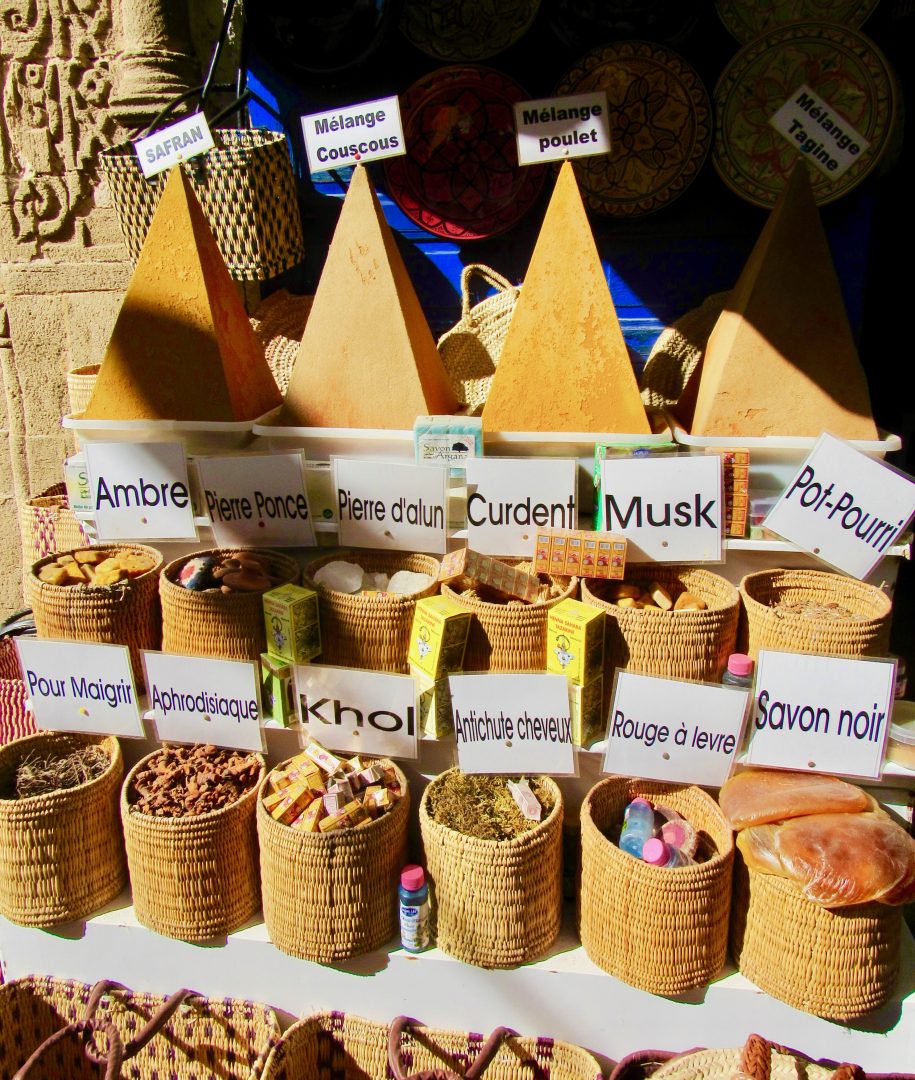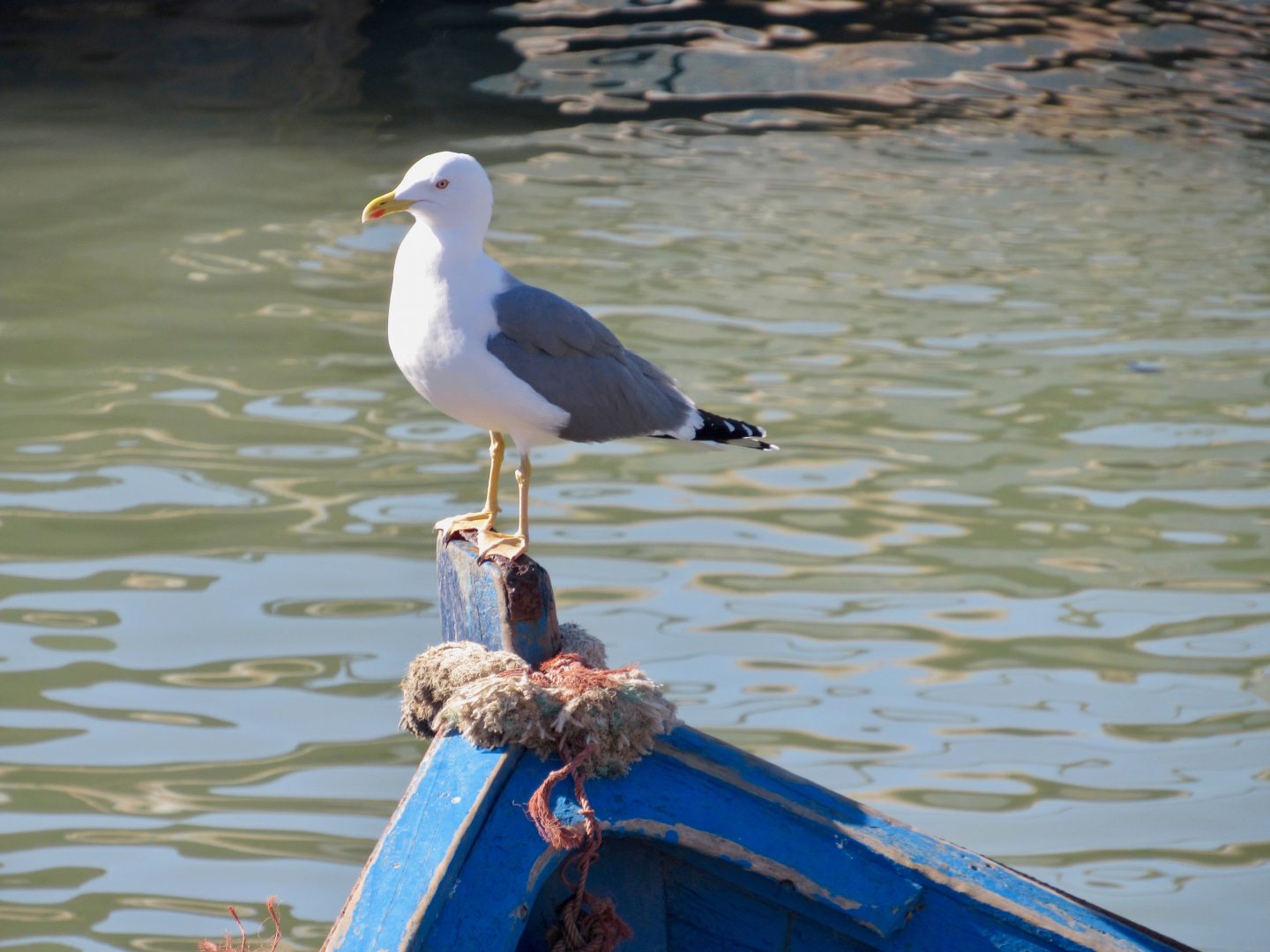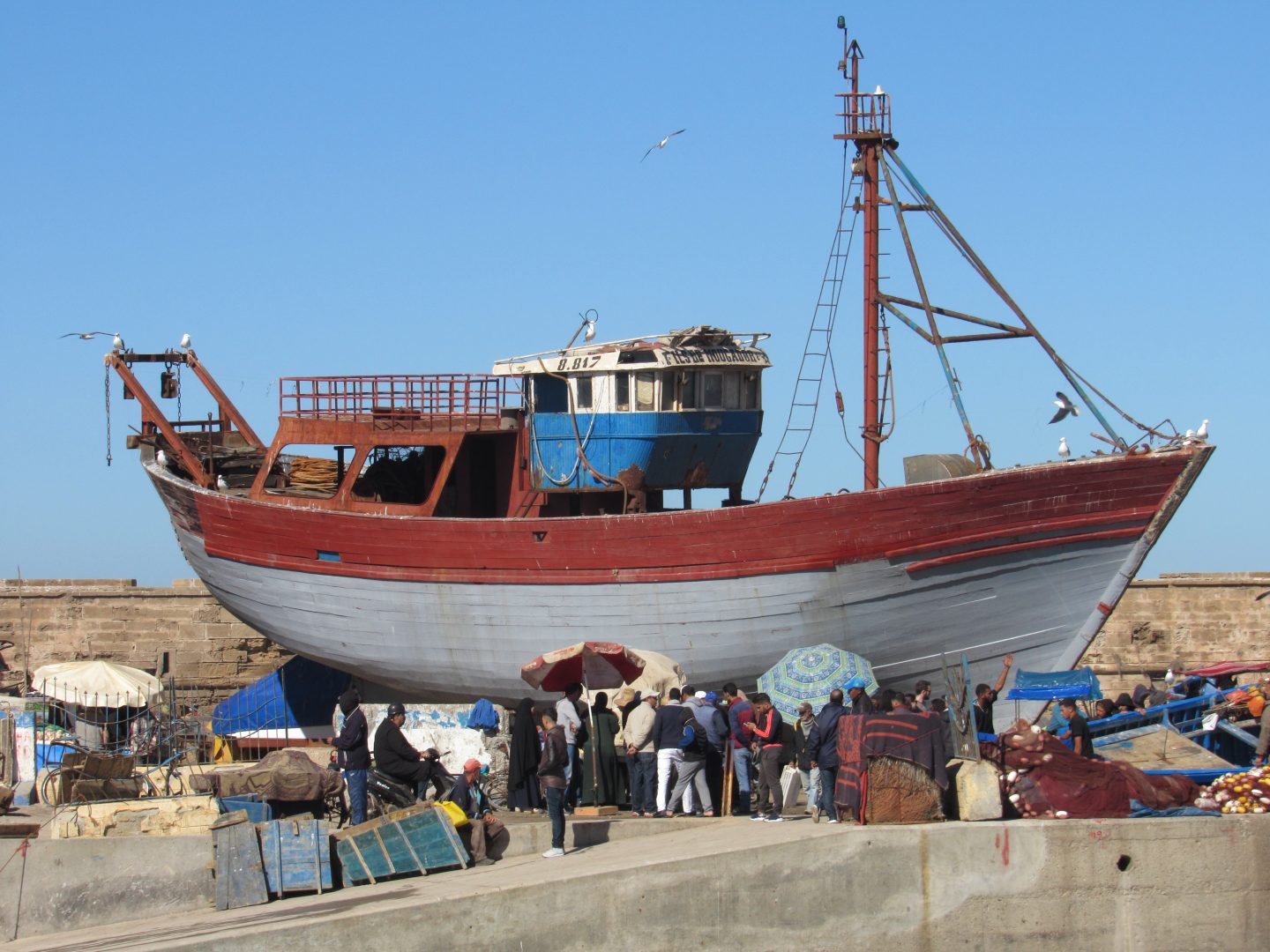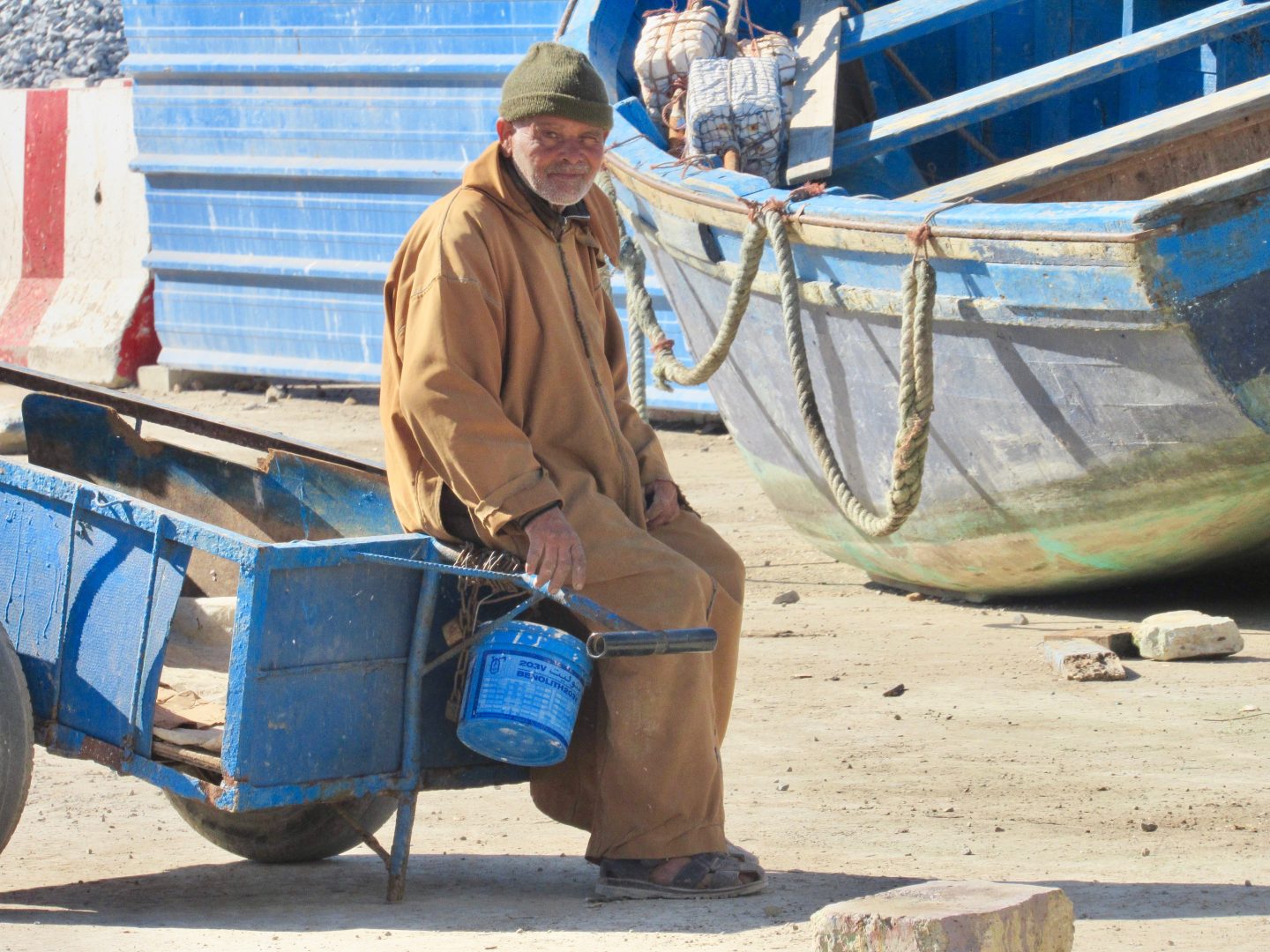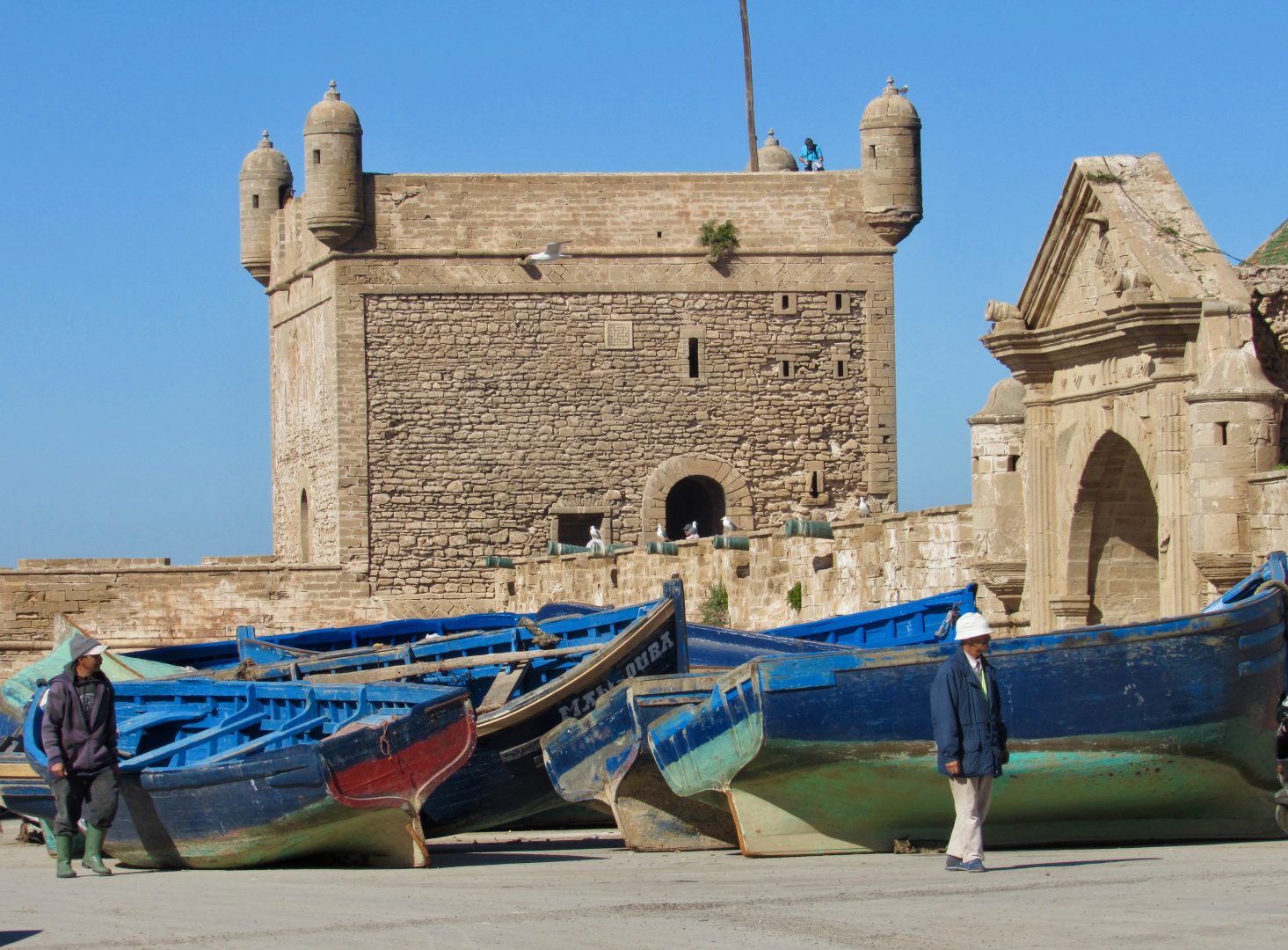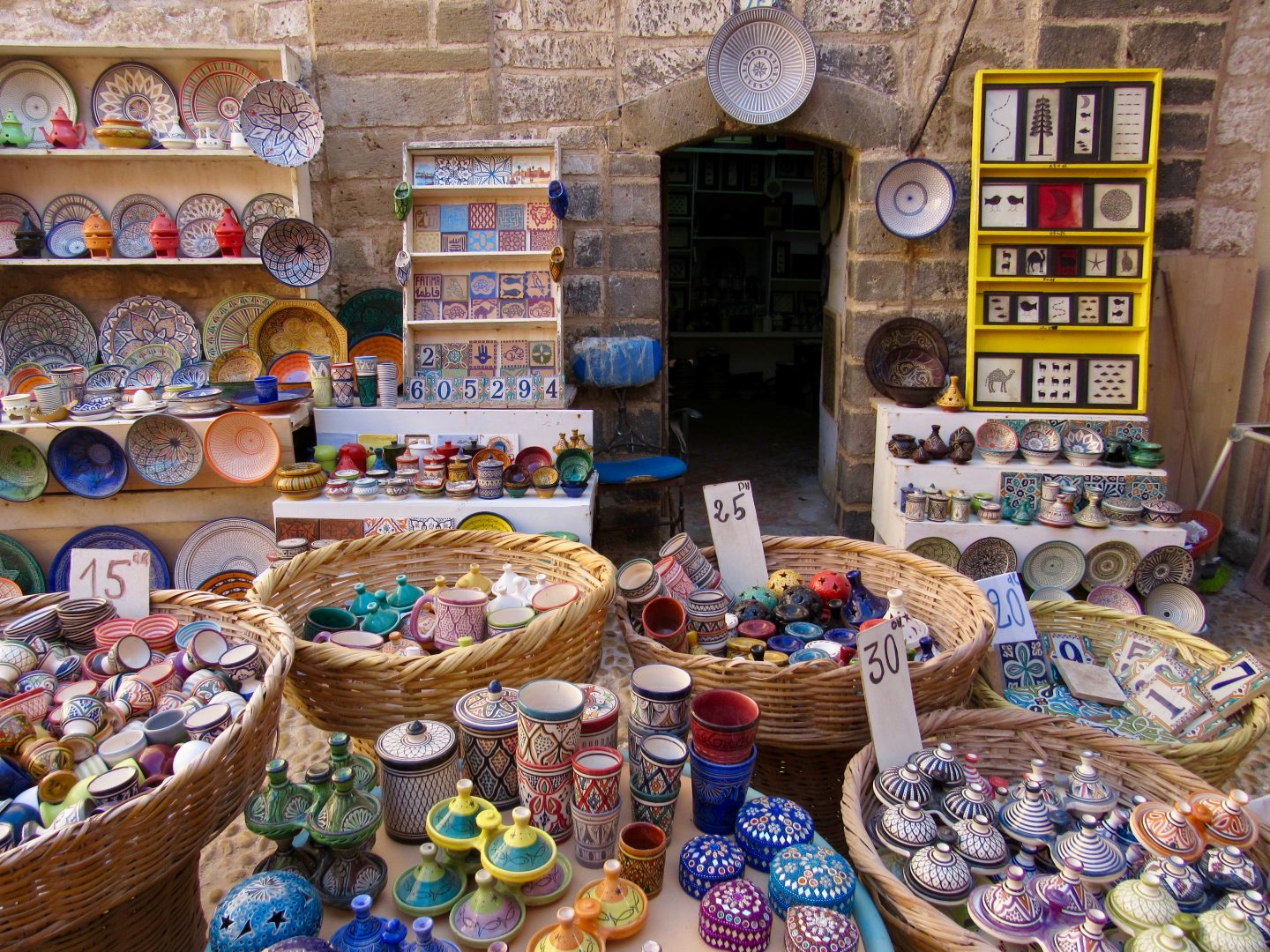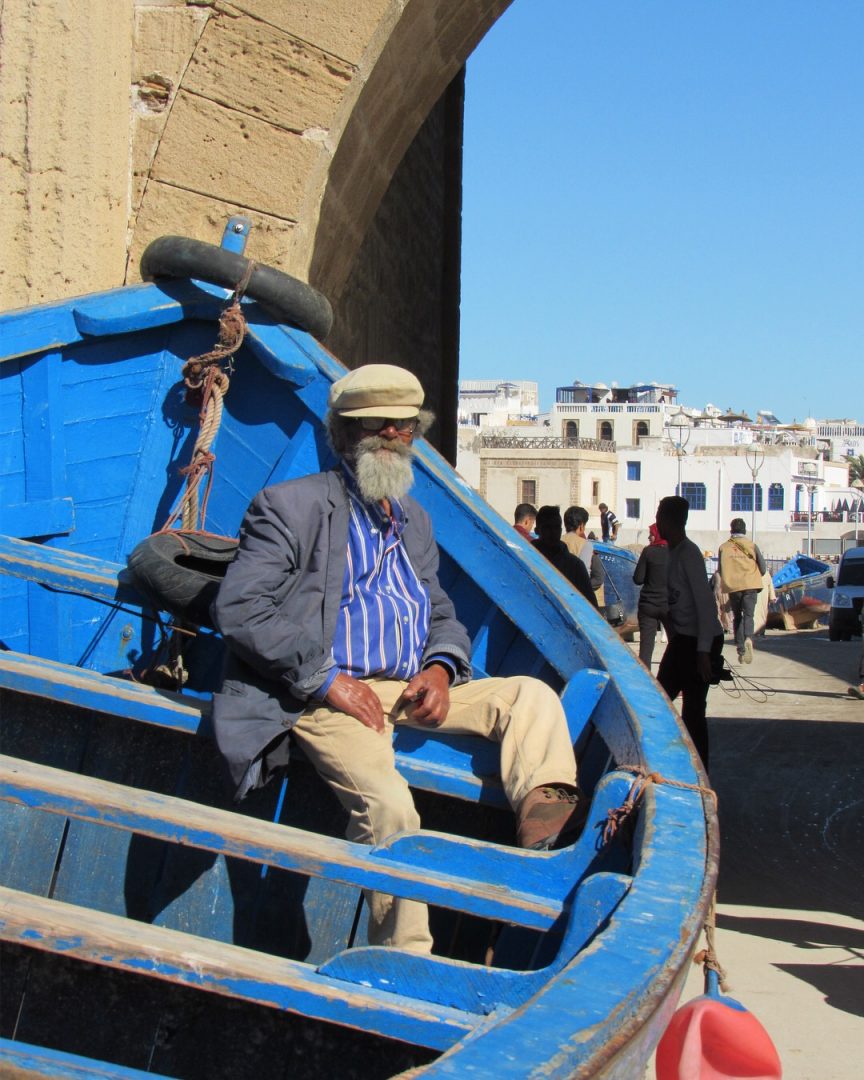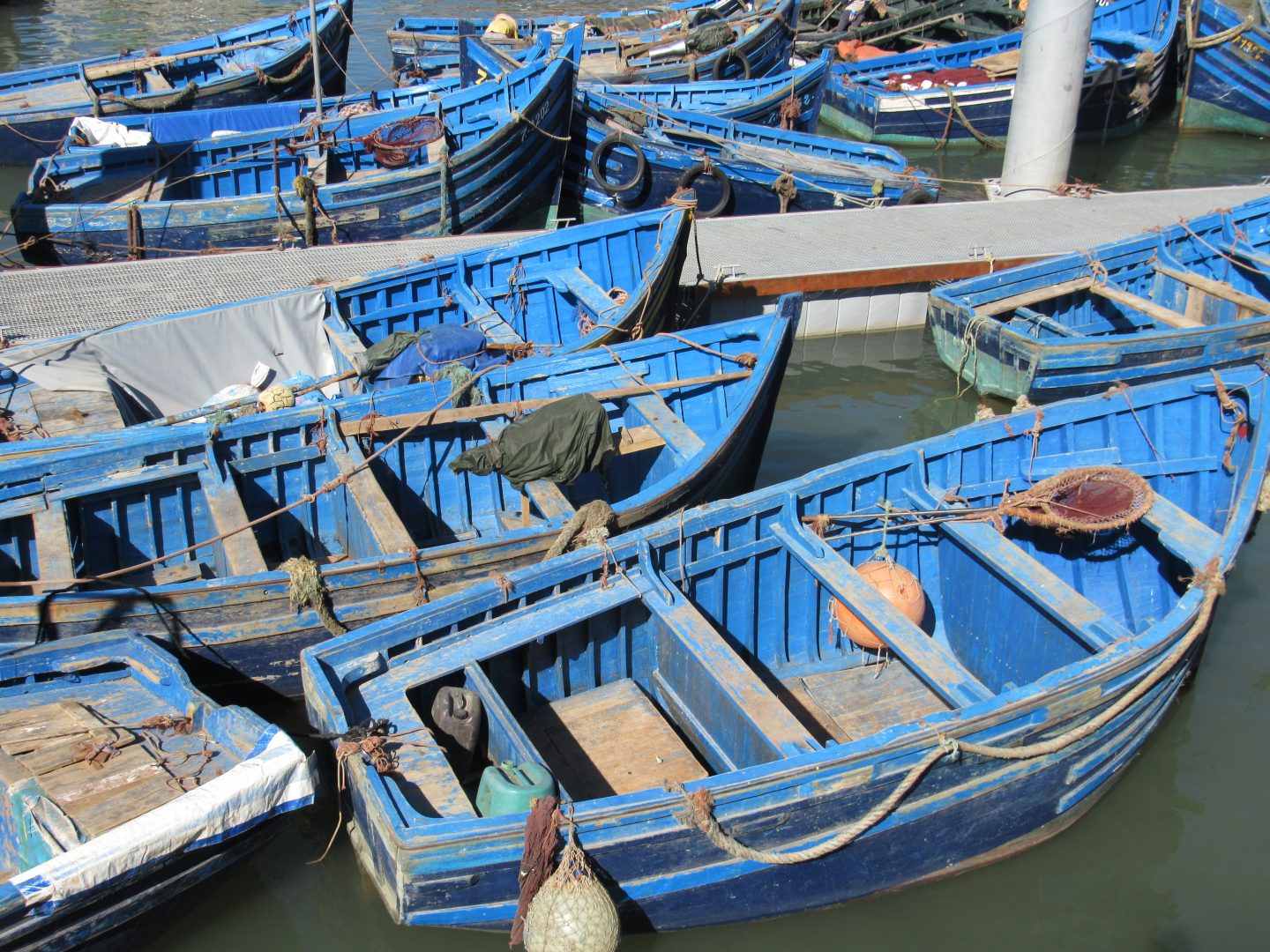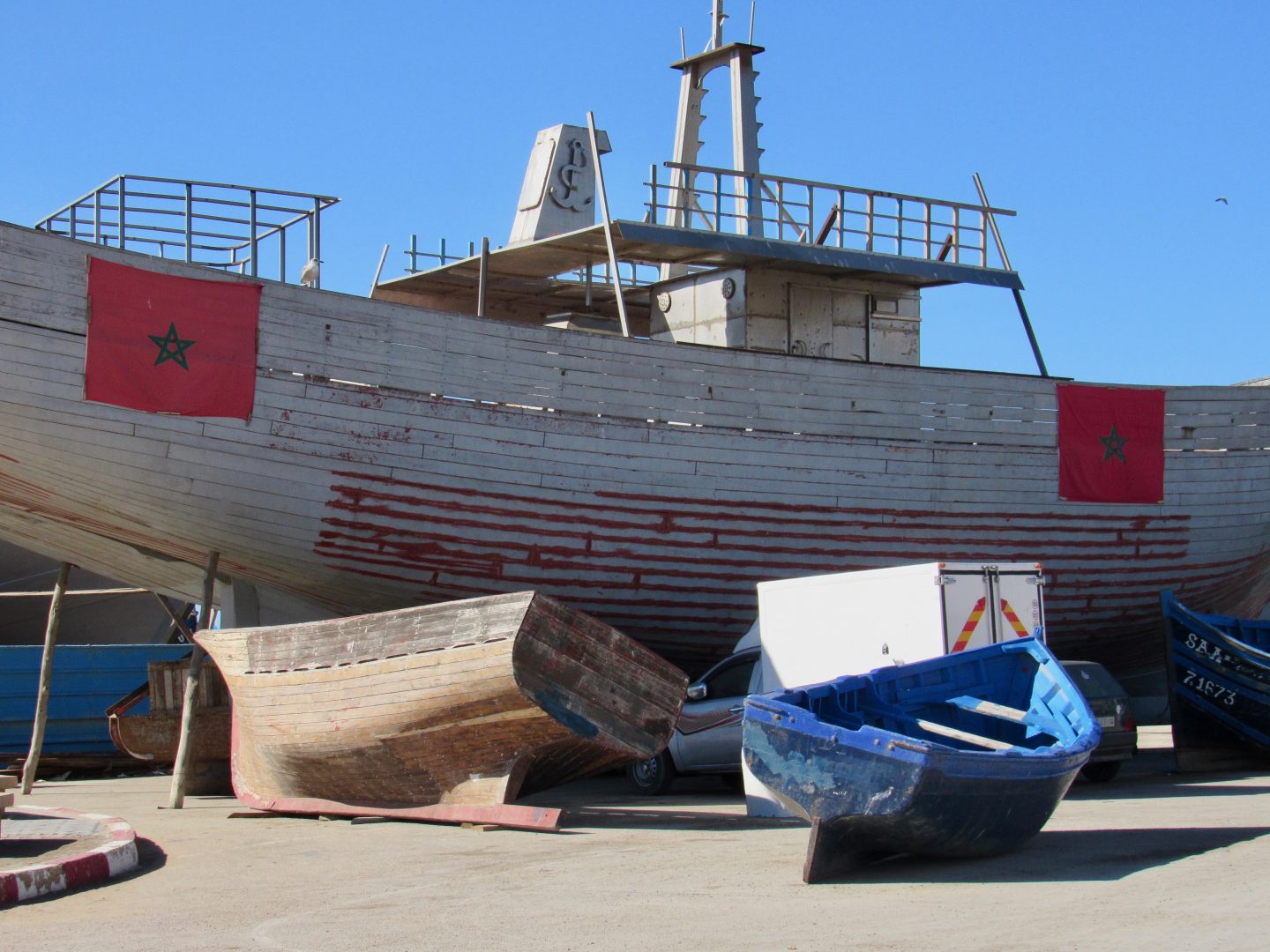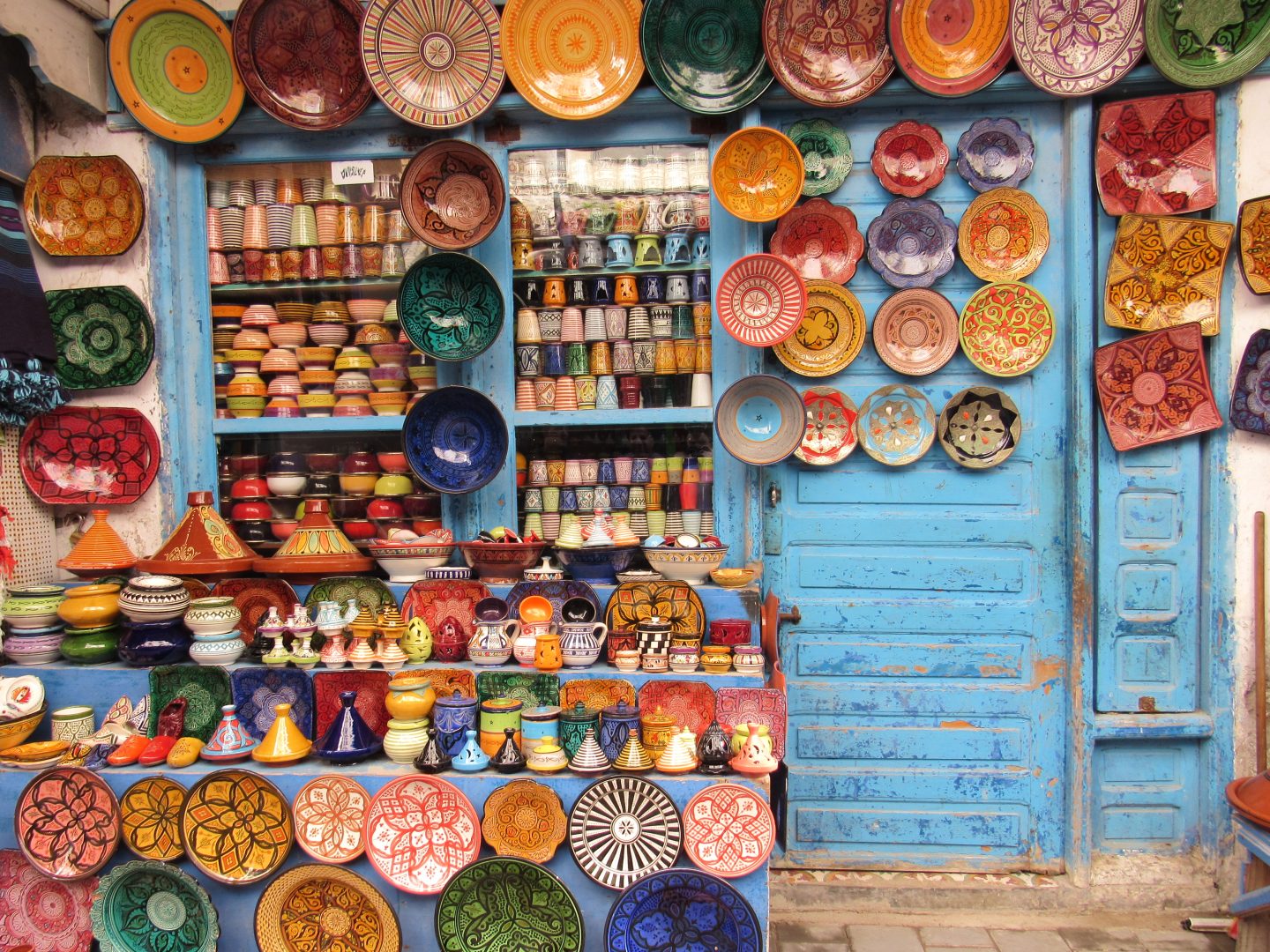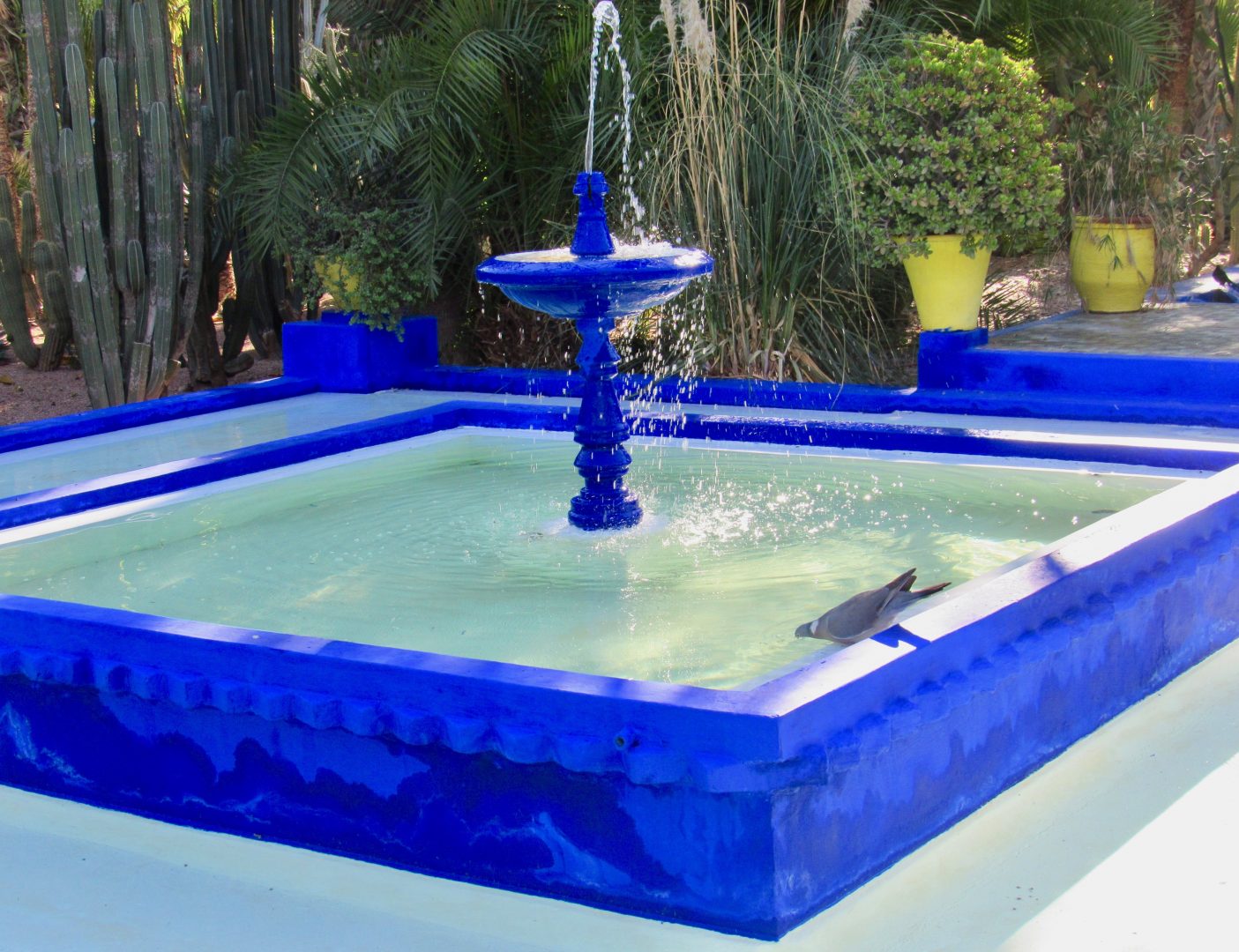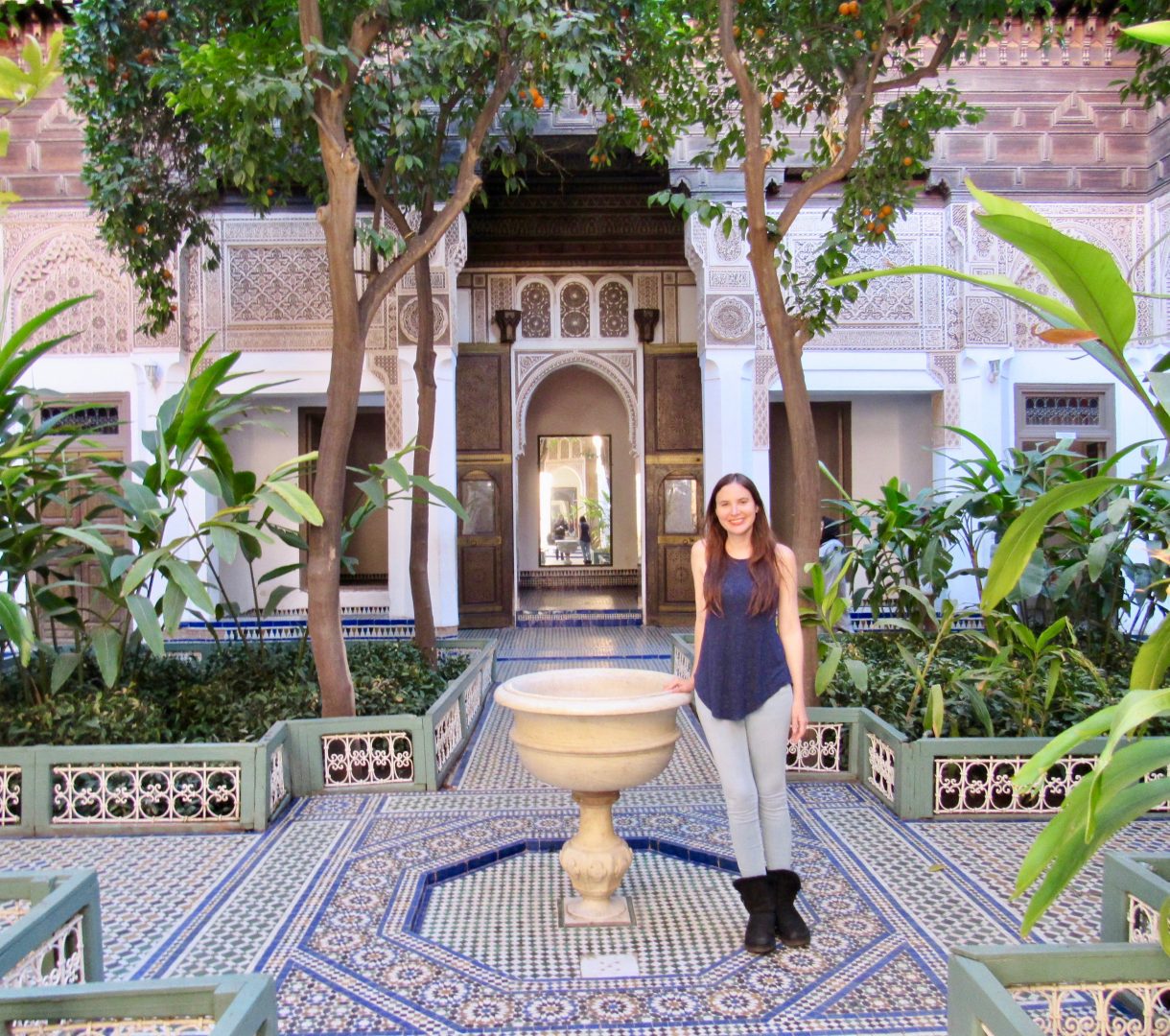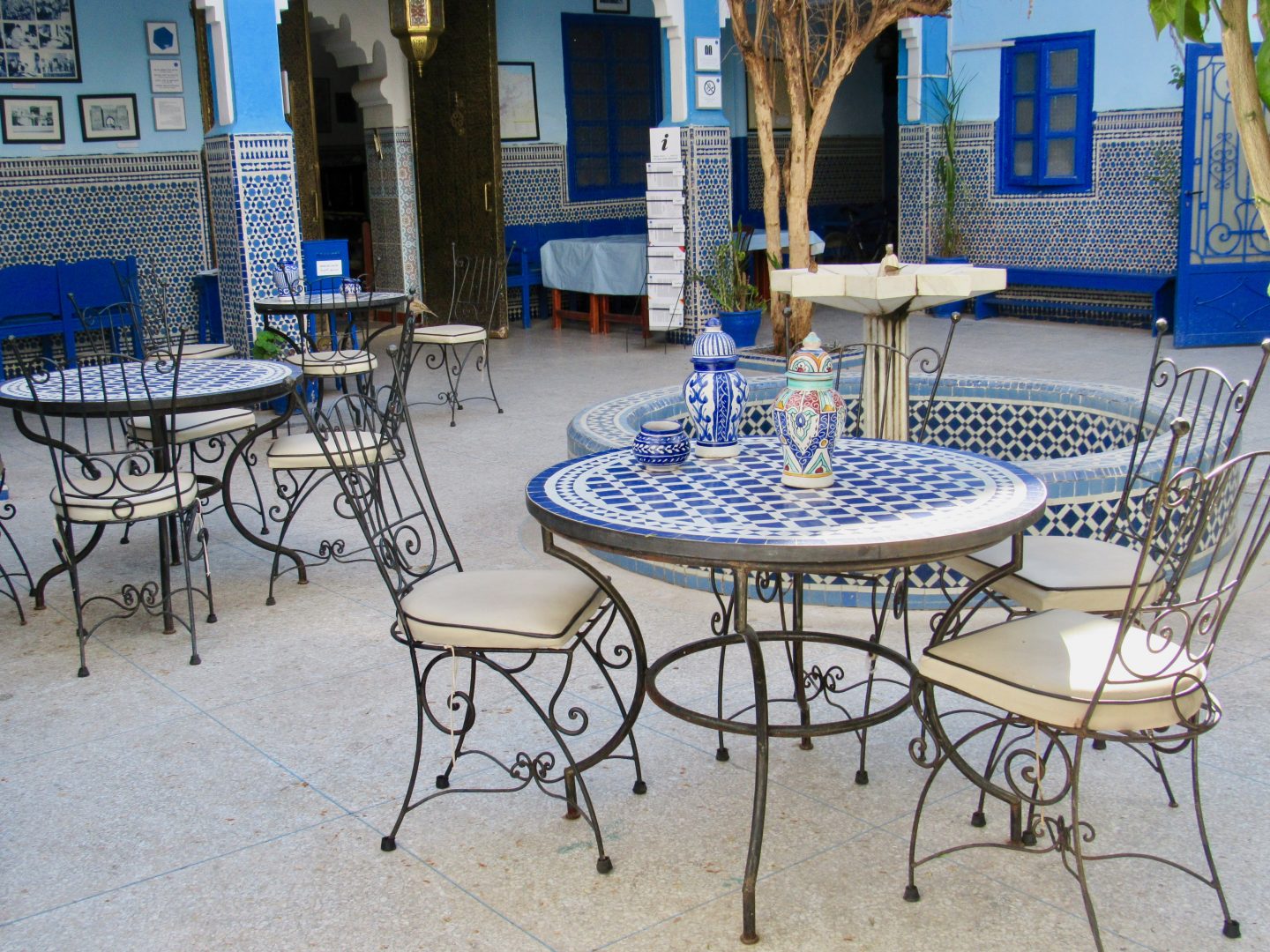As much as Marrakech is an interesting destination, it is also intense. You will be ready for a change in atmosphere after a couple of days of harassment especially in the Yamaa el Fna square. My second visit to Morocco was after the Fitur fair in Madrid and I went alone, just like the first one. I asked my riad in Marrakech which sites they recommended for a day visit and Essaouira was one of the suggestions.
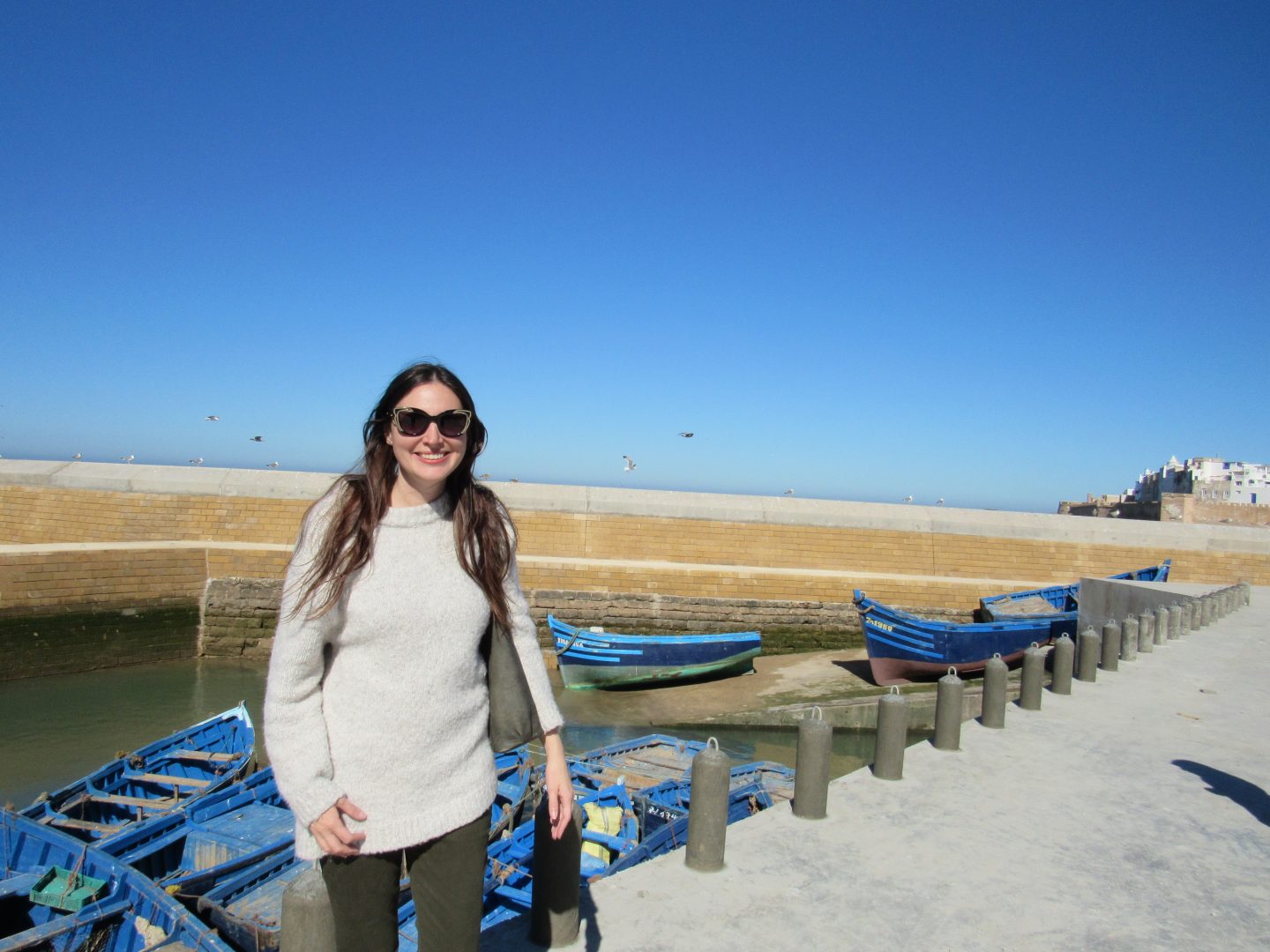
The tours are very cheap and I think you pay about $25 for the whole day trip. Essaouira is 119.17 miles (191.8 kilometers) from Marrakech. The journey takes about three hours but you stop on the way to see the famous goats mounted on the trees, and then in an argan oil factory.
On the bus there were people from all places, including a couple of professors from Argentina. I made friends with them and we spent the day together. What I like about traveling alone is being able to meet interesting people from everywhere.
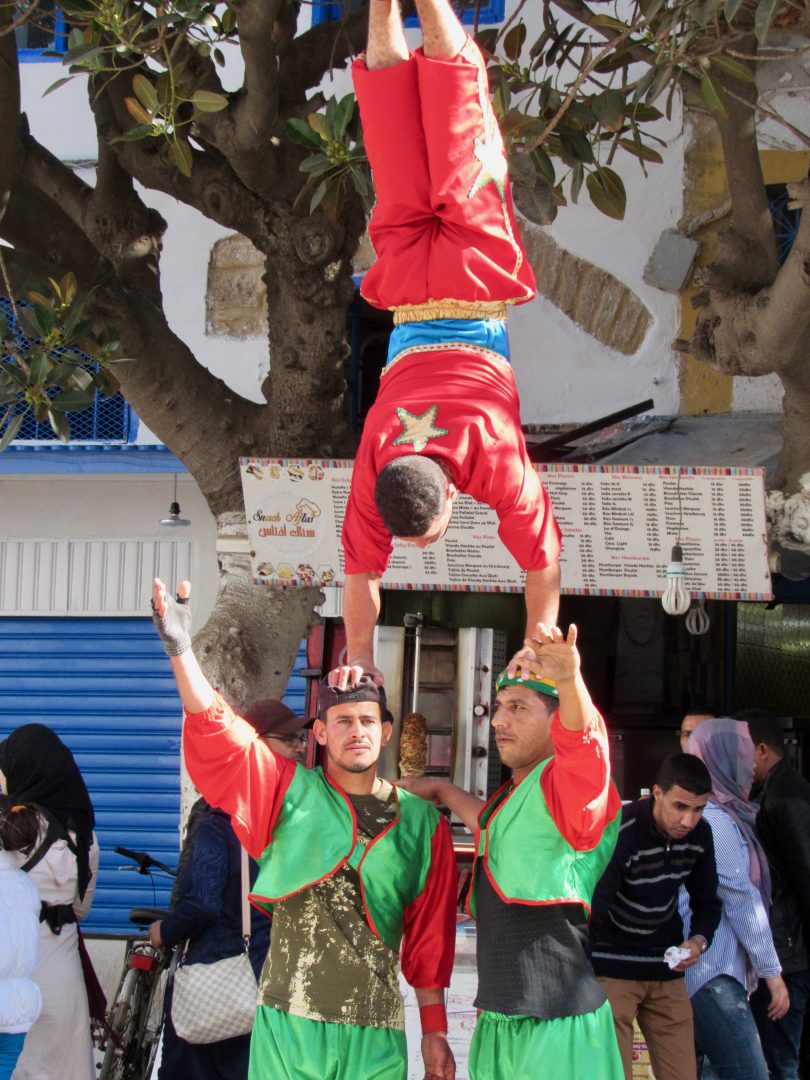
Essaouira is a historic city
This city has been a trading post since the 5th century BC. Like most of the country, Essaouira passed through Phoenician, Carthaginian and Roman control. Morocco is famous for its natural dyes (such as blue Majorelle). After the Romans, King Juba II made a factory to make purple dye that was extracted from a snail found on some islands off the beach.
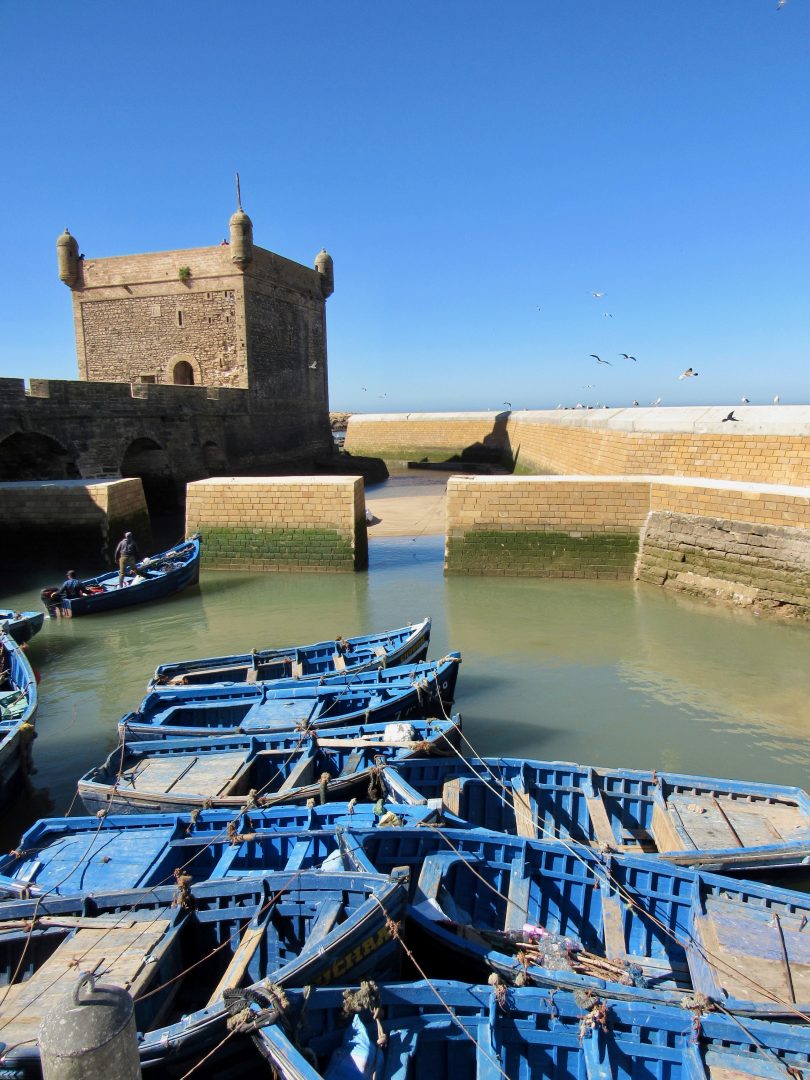
The original name of the city was Mogador, which was given by the Portuguese and was used until the 1960s. In the 11th century a Muslim saint named Sidi Mogdoul was buried according to the geographer al-Bakrī, and this was probably what gave the place its name. Its modern name Essaouira means small strong or small wall.
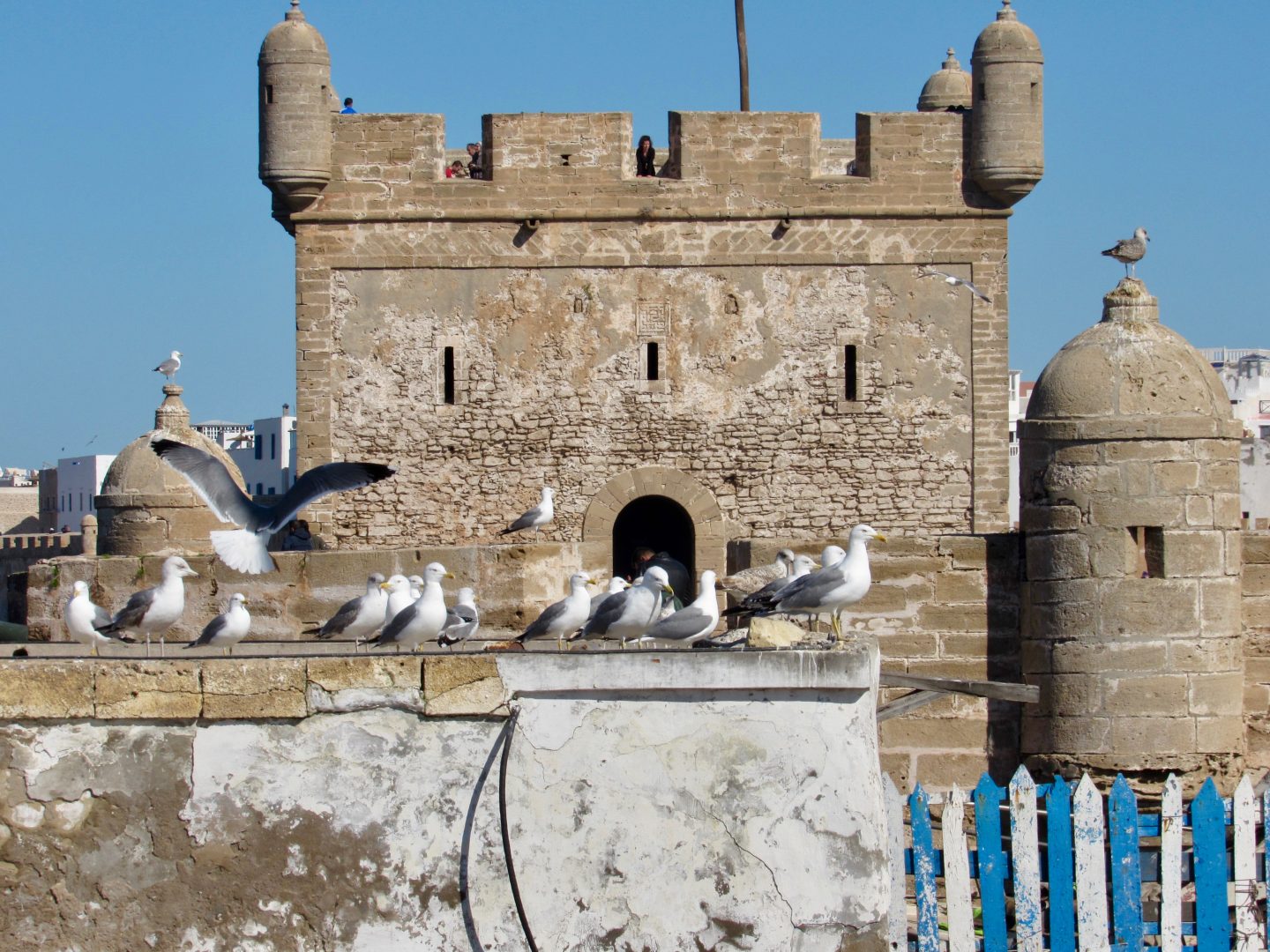
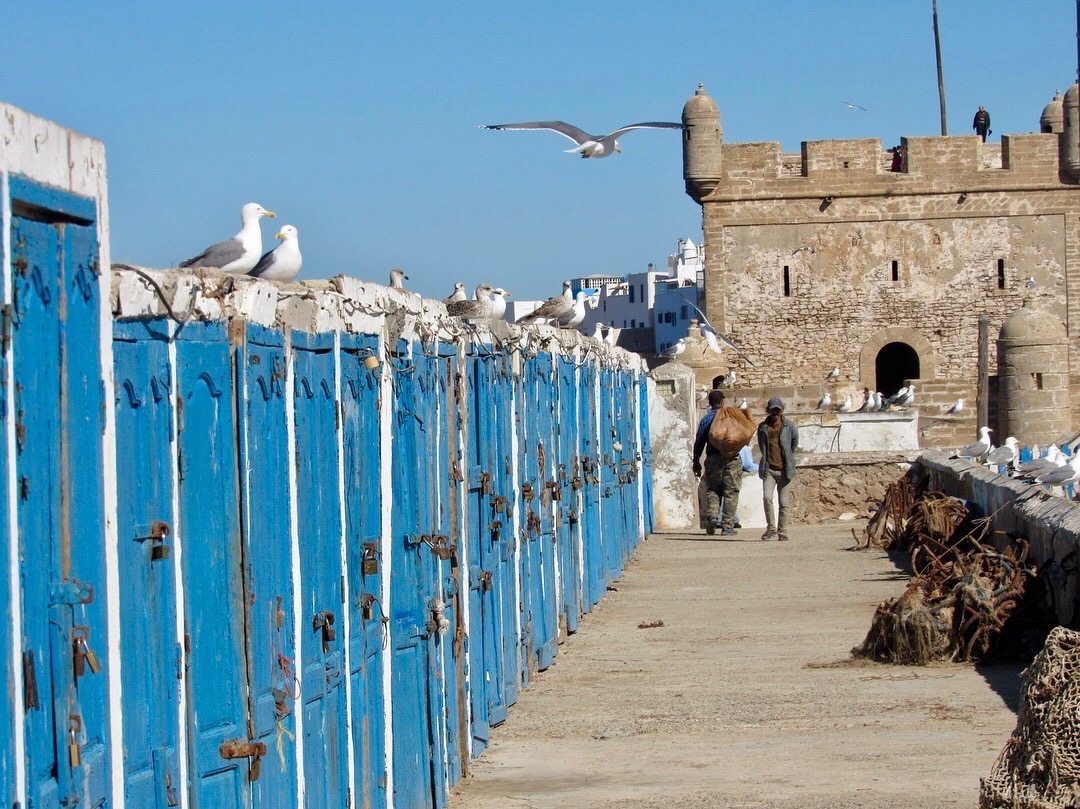
Its position on the Atlantic coast, protected by the island of Mogador, managed to create a peaceful bay protected from the maritime winds.
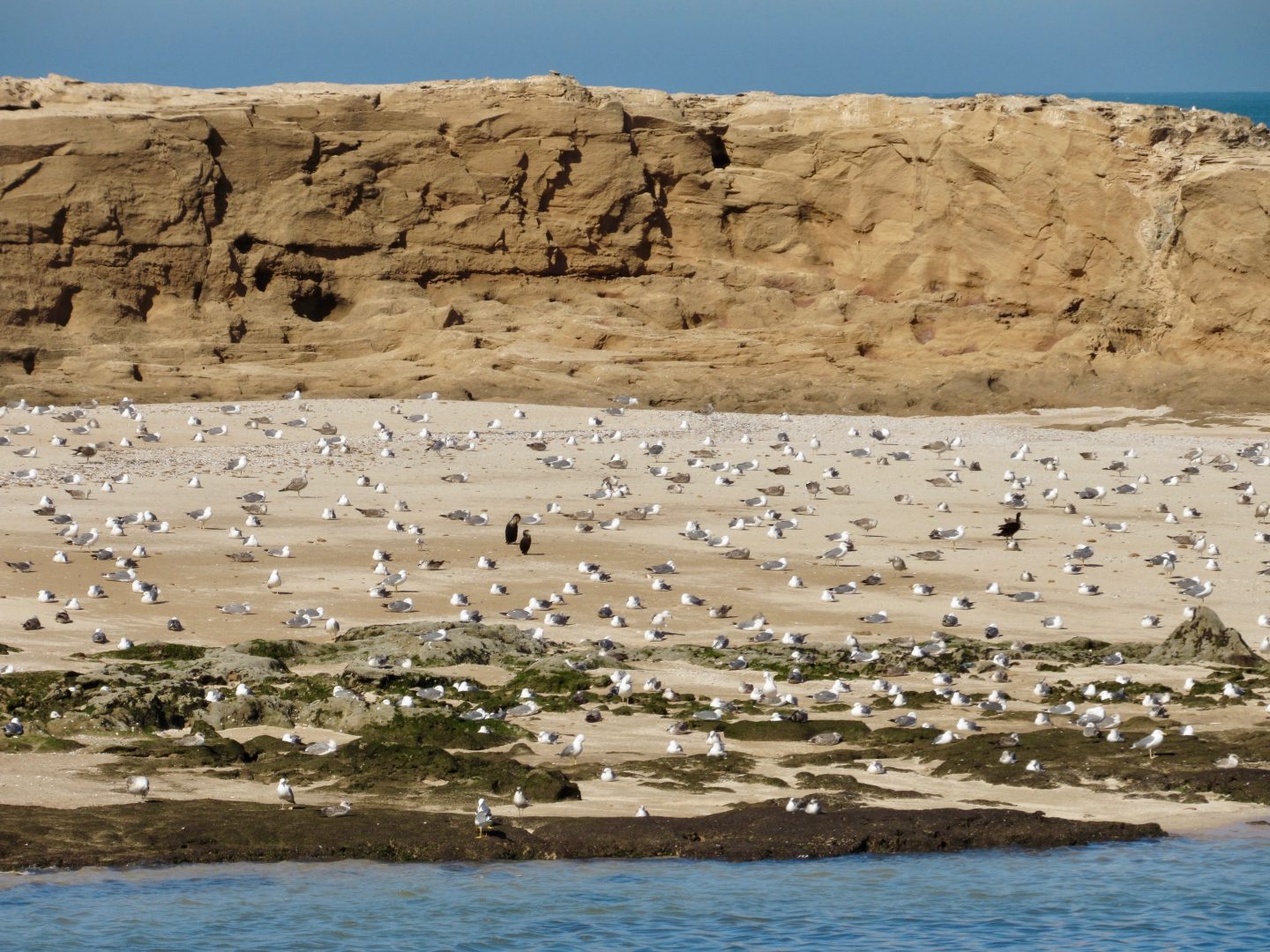
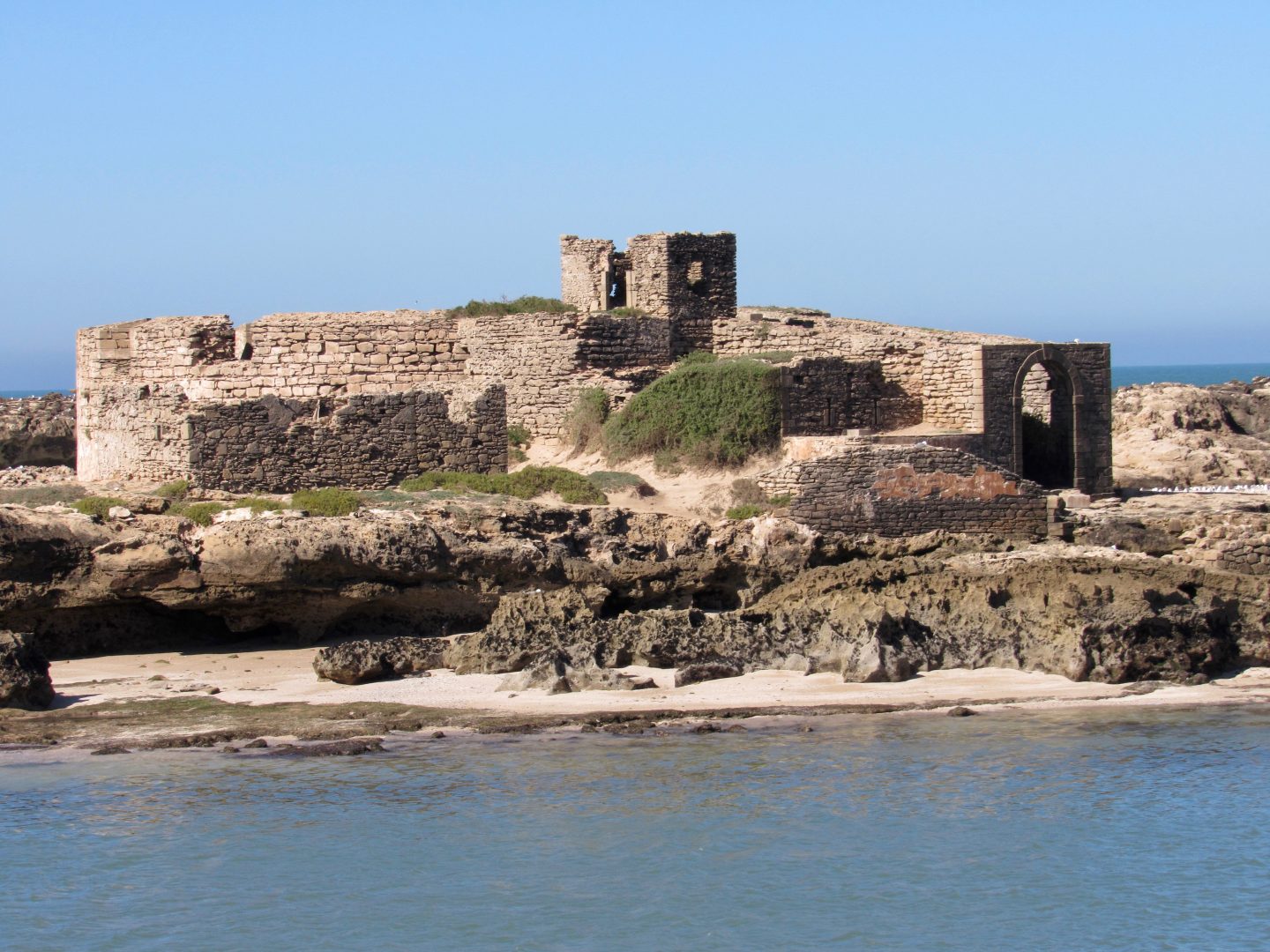
The fort is a World Heritage Site
In 1506, the King of Portugal, Manuel I, ordered the construction of a fort that he named Castelo Real de Mogador. Four years later the fortress was taken by a Berber tribe called Regraga. The city fell into the hands of pirates, but remained important becasue of the trade of sugar and molasses.

Spain, Holland, England and France tried to conquer the city without success. What we see today was built by Sultan Mohammed III in the eighteenth century. His idea was to build a port near Marrakech to grow trade with Europe. The King chose a French engineer, Théodore Cornut to design the city, including the medina.
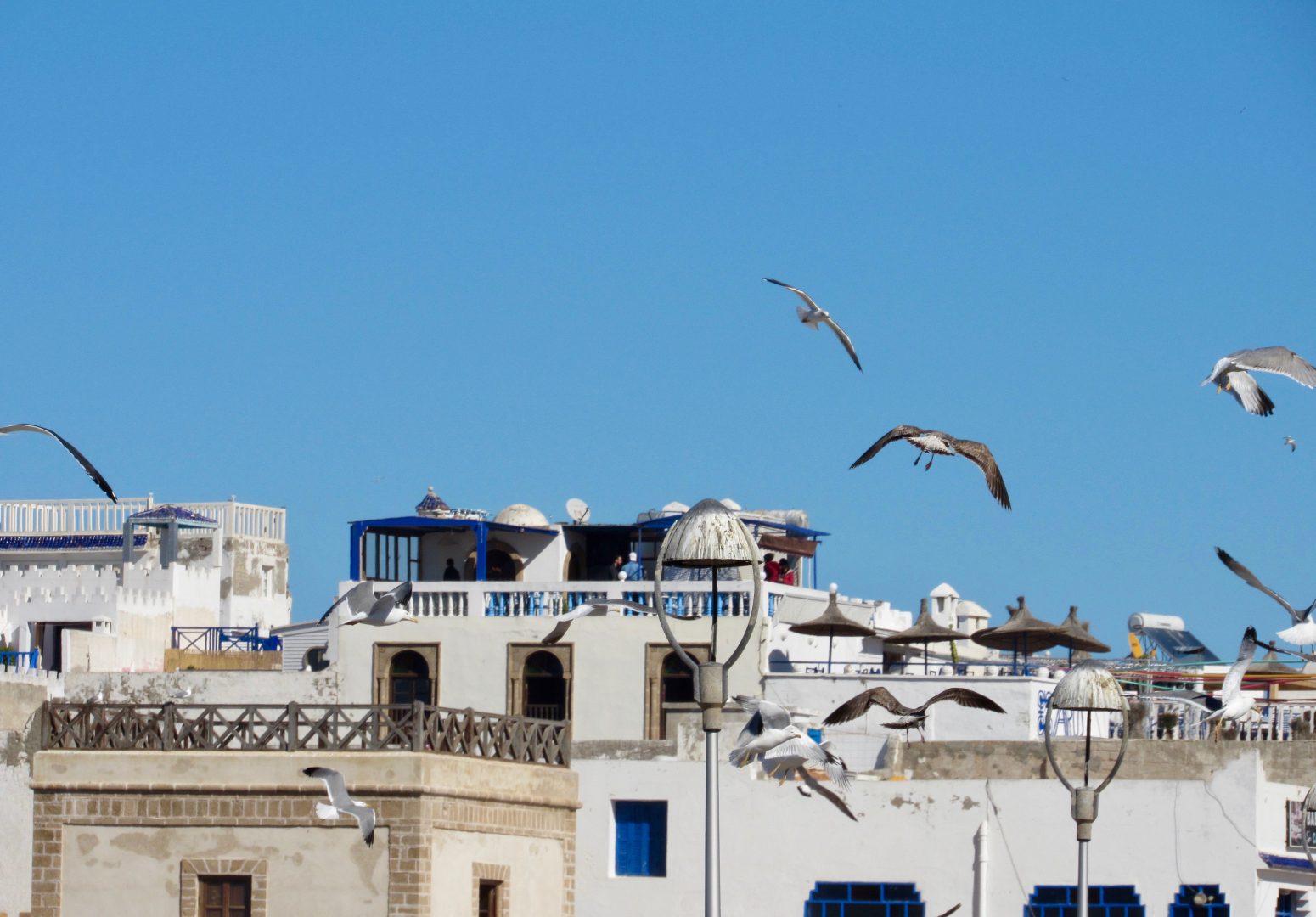
The Jews were 40% of the population at that time, since the King asked them to move to handle the trade. In 2017, Essaouira only had 3 Jewish inhabitants. If you are interested in learning more about the subject, you can read my article about Jews in Morocco.
Over the years, Essaouira has received influence from the Berbers, Jews, Portuguese, French, Dutch, to name a few countries.
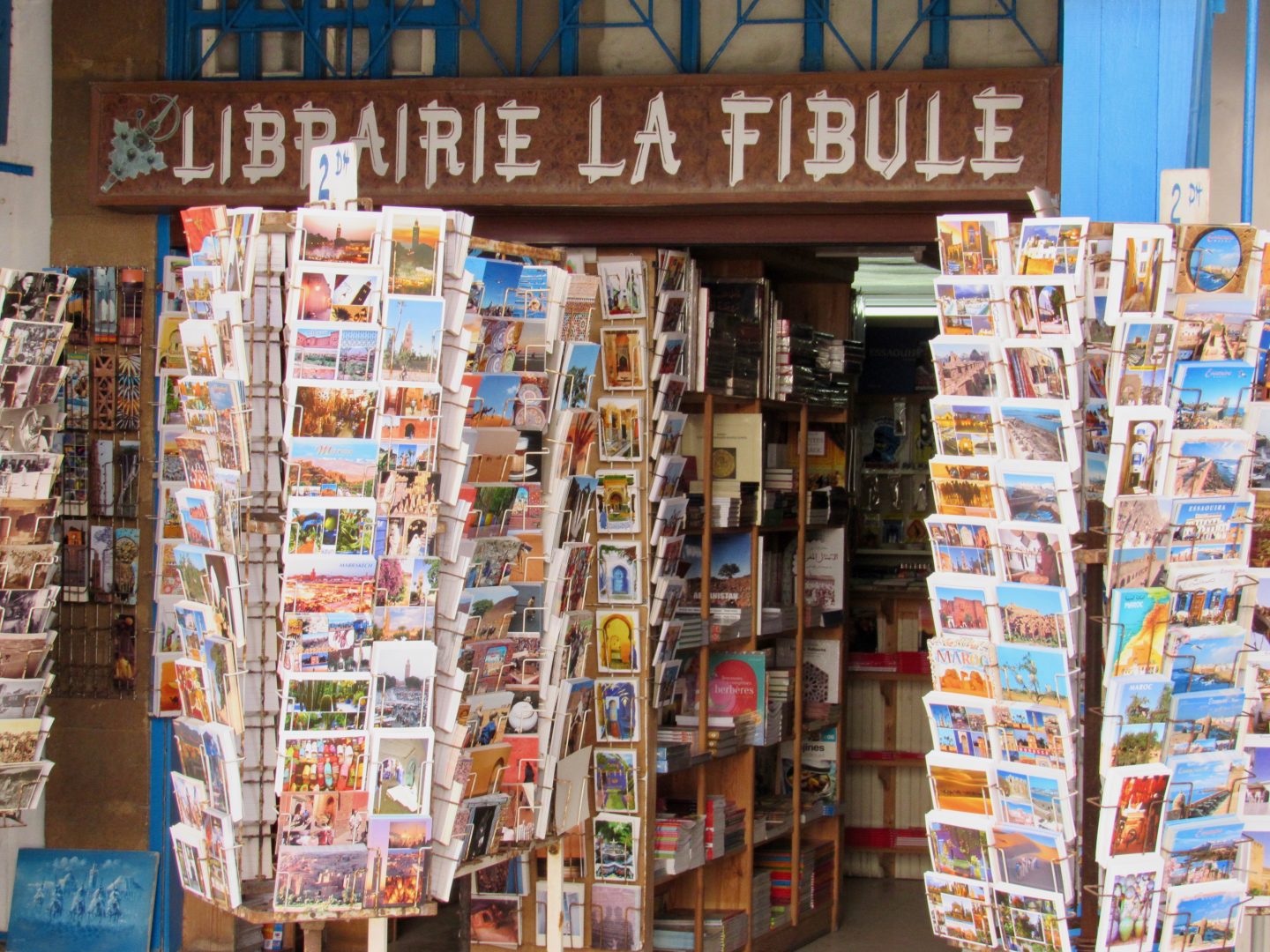
UNESCO included Essaouira in its list of world heritage sites in 2001 for “its principles of contemporary European military architecture in a North African context”.
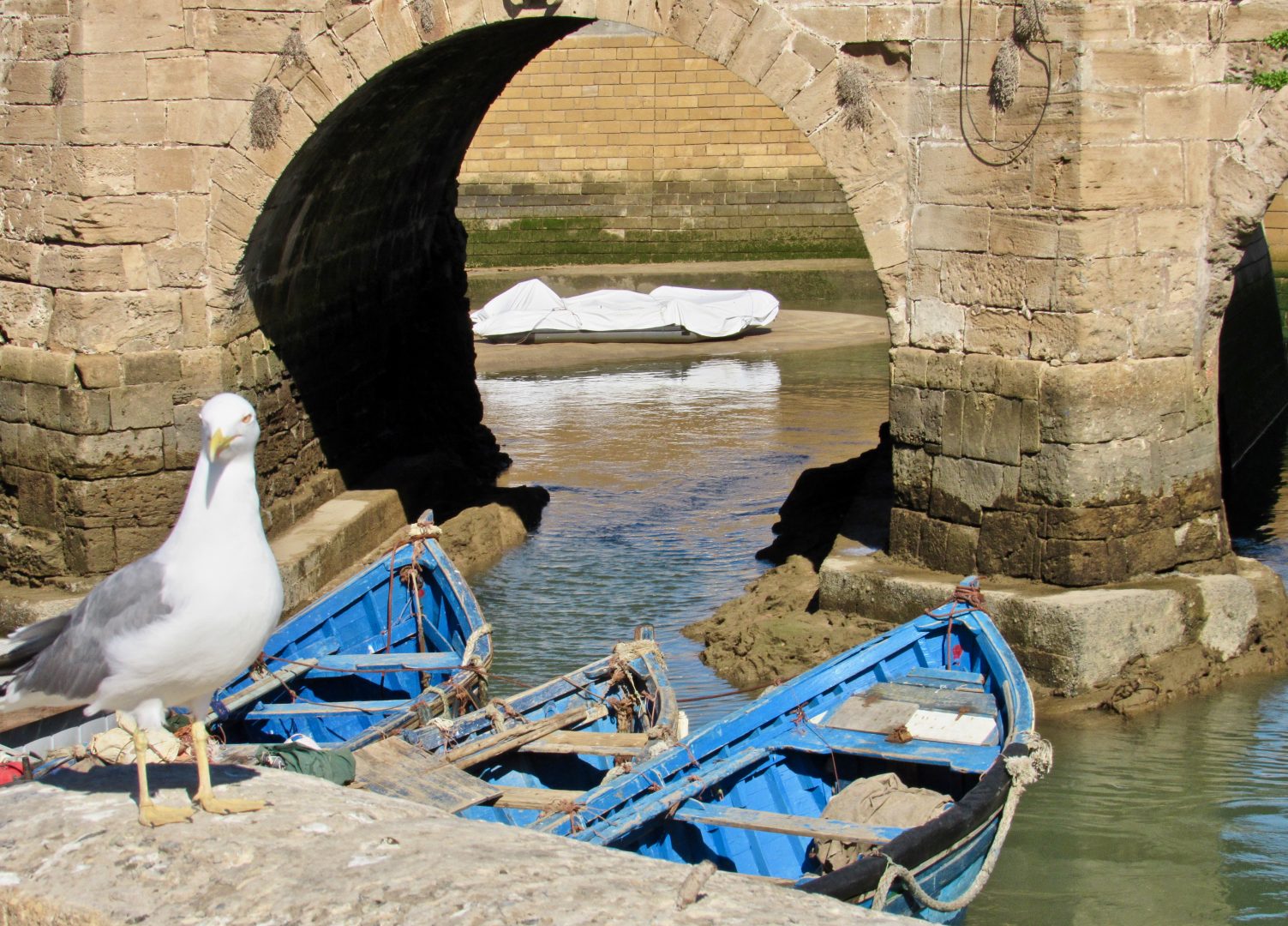
Fishing port
When we got off the bus we walked to the fishing port and this was our first impression of Essaouira. As it was almost twelve o’clock, the fishermen had already brought in their catches and they were already in the sale phase for those who were hungry.
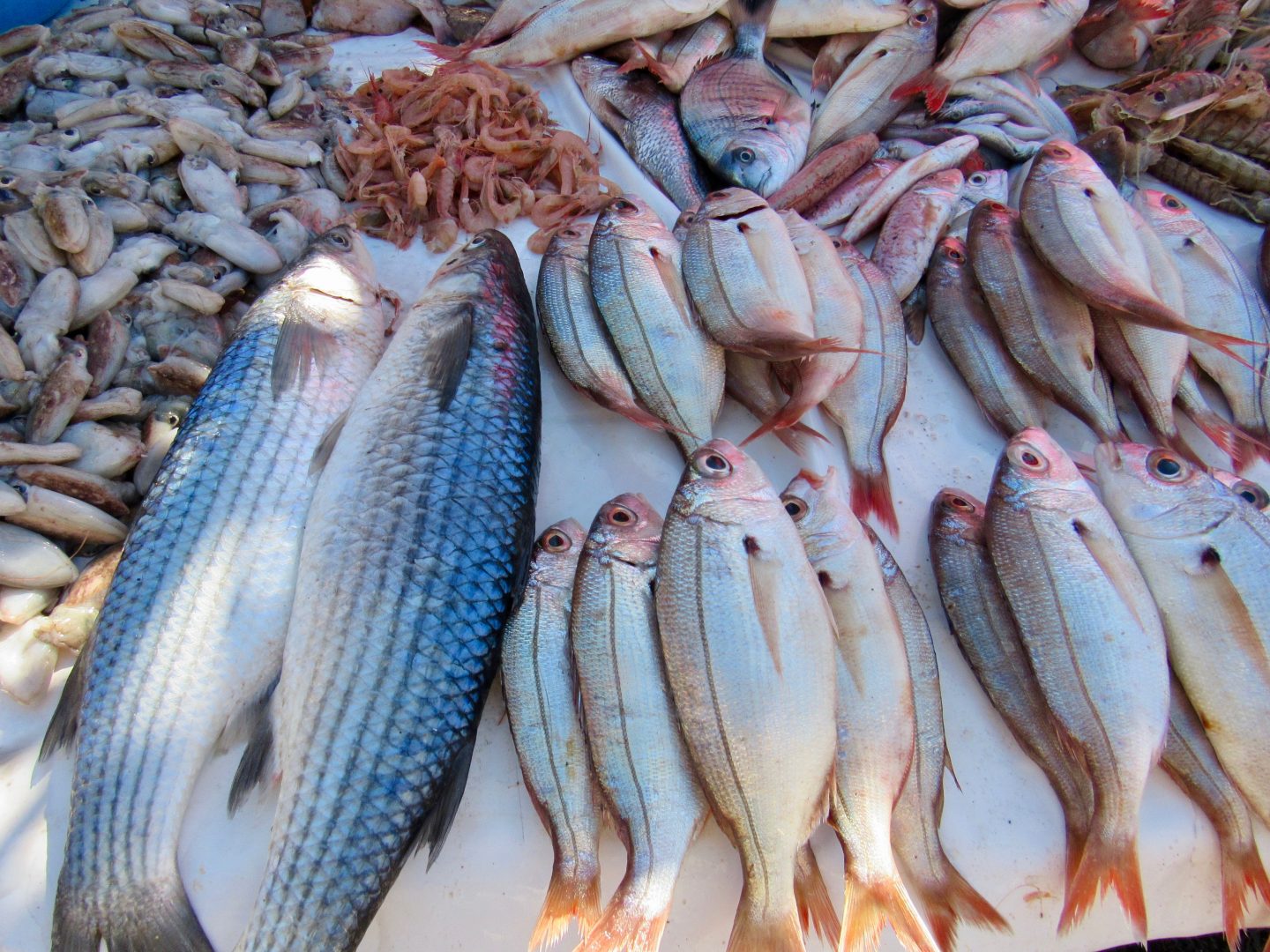
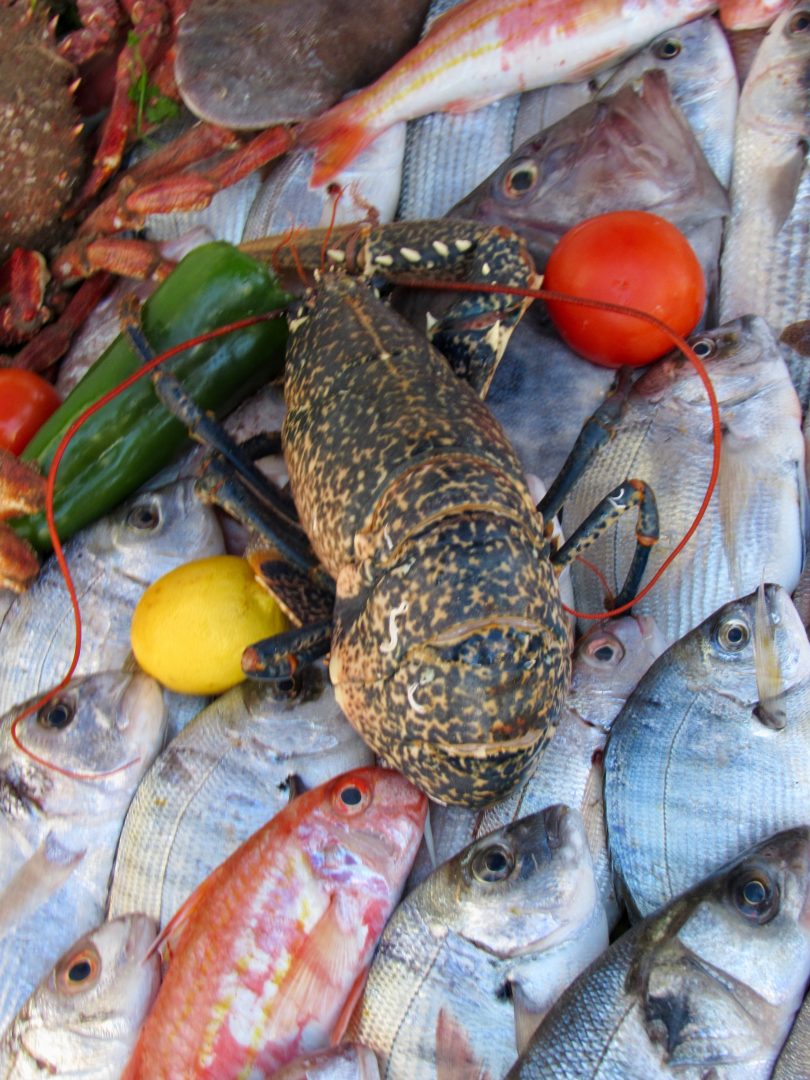
Visitors can eat by the harbor. They simply have to choose which seafood they want from ice-filled beds that serve as an exhibit and they cook it in front of you. You just have to be careful with the seagulls that are seeing what fish they can take.
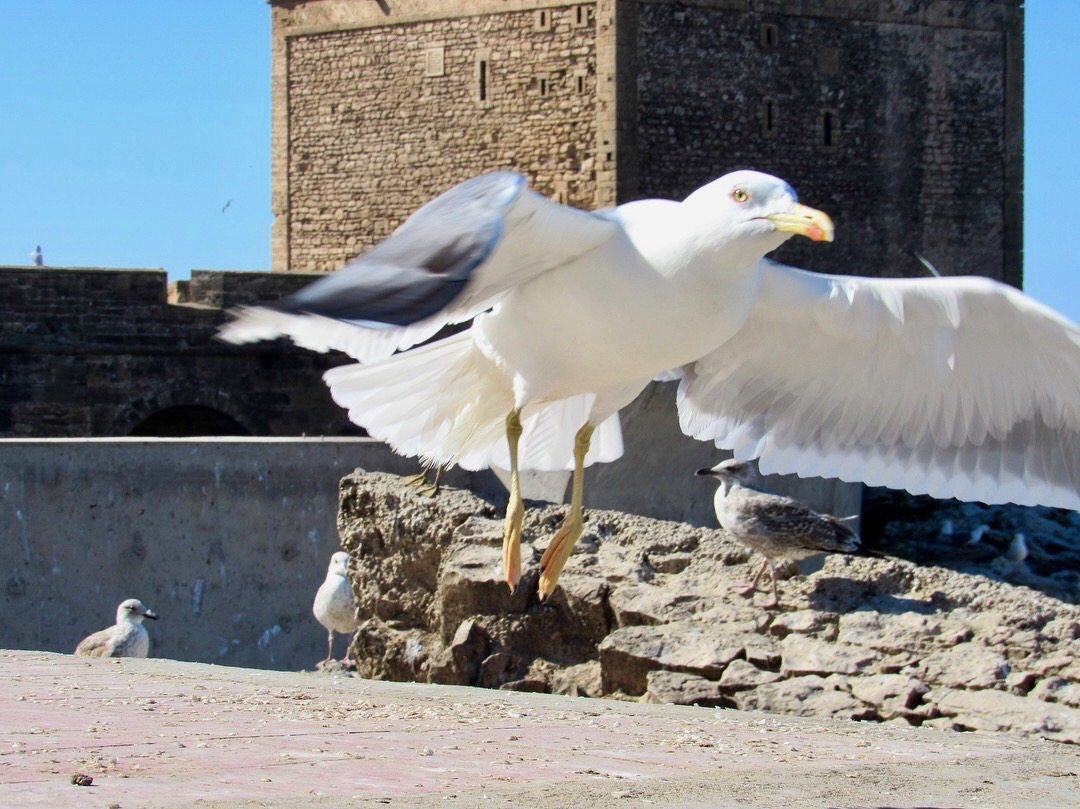

My friends did not eat seafood, so we ate elsewhere, but if you have the opportunity, try some fresh oysters. The gentleman broke it, sprinkled some lemon and gave it to me. It was so good that I asked for another one and the man gave me a discount even though they were cheap.
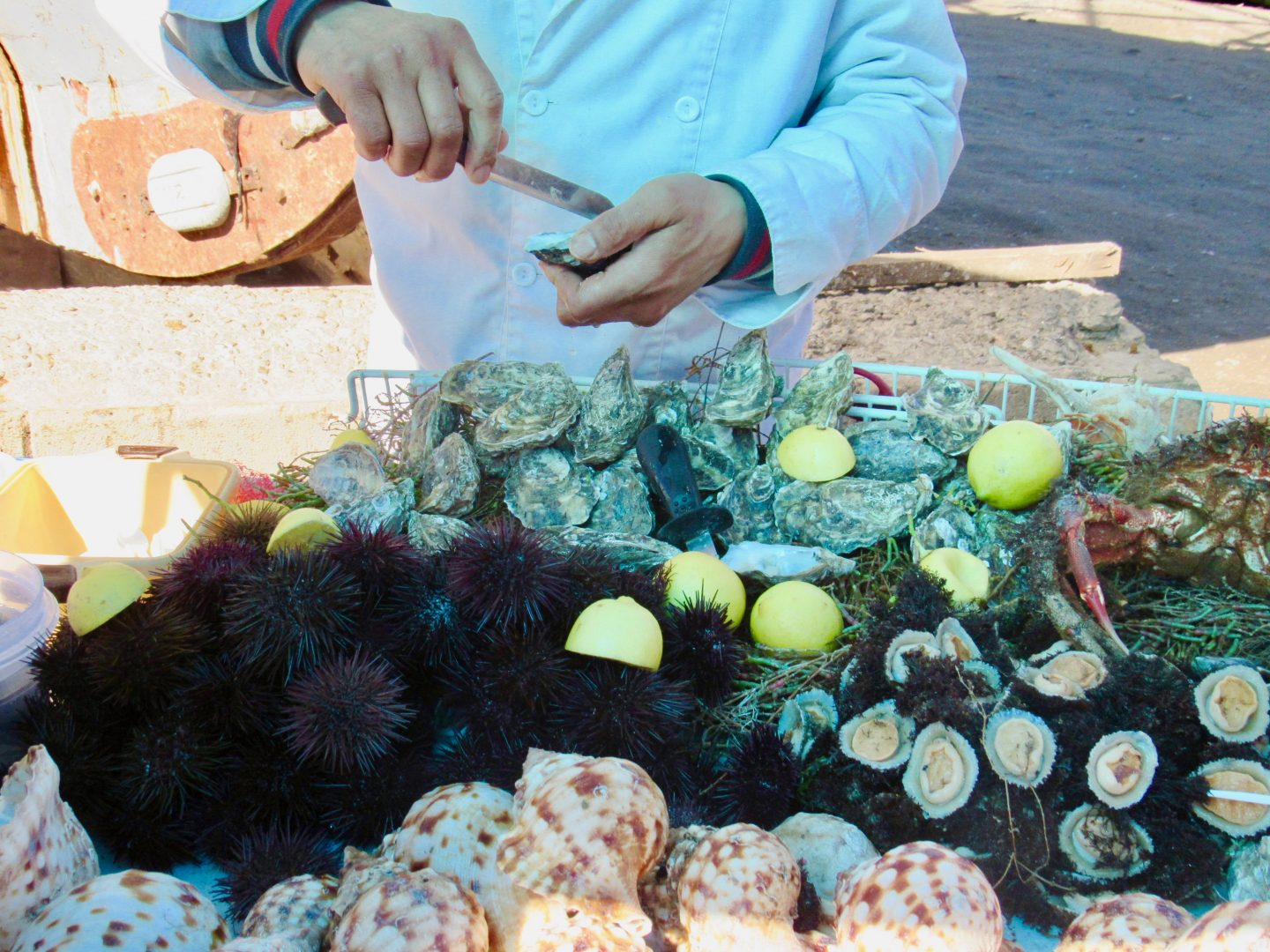
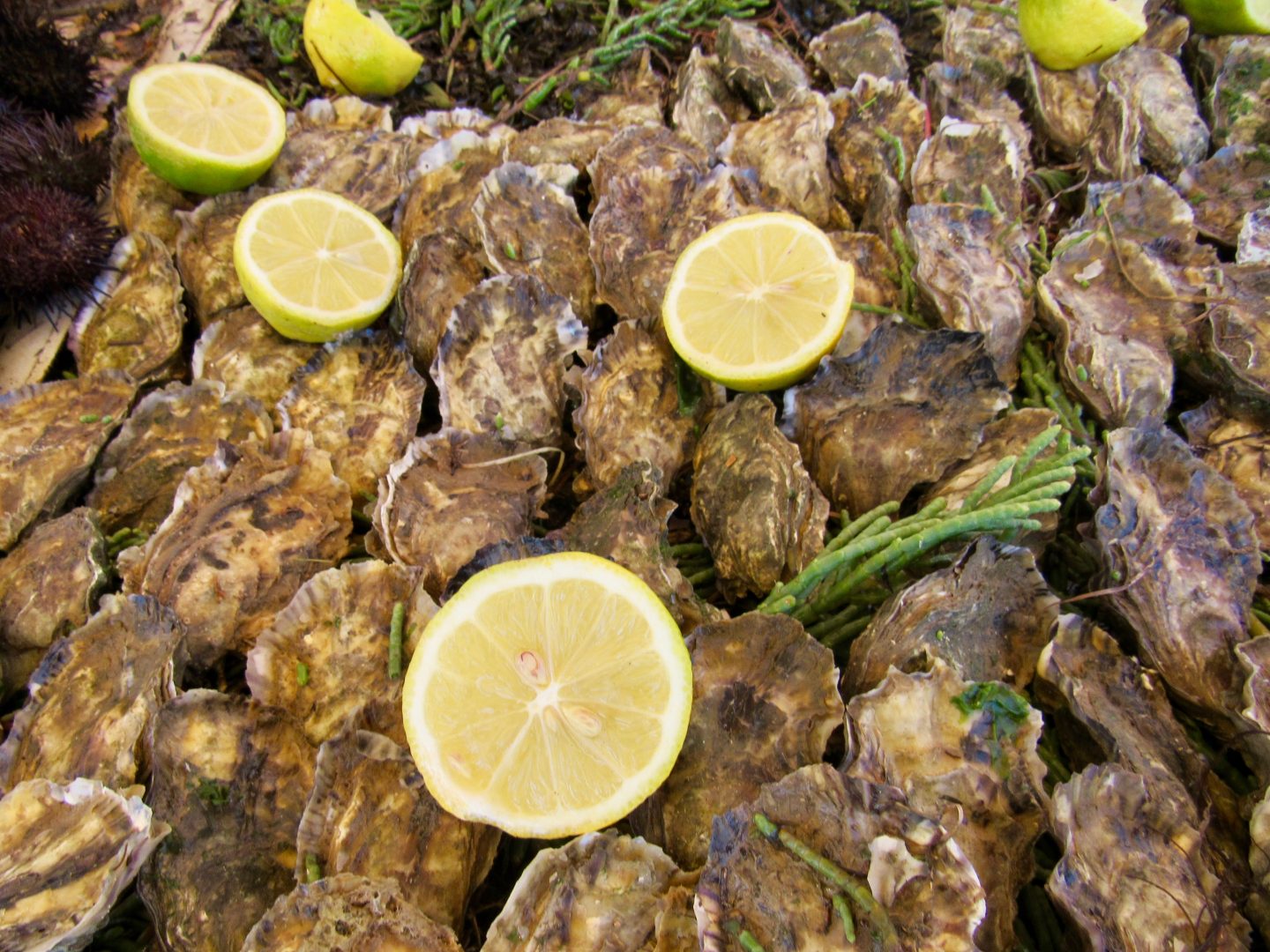
The port is full of life! You can see the fishermen building, painting and fixing their wooden boats. The boats themselves are an attraction; they are painted in an intense blue color that contrasts with the beige tones of the desert and the fortress.

Just before entering the tunnel to the fortress, you will find thousands of yards of fishing mesh. The fishermen spend hours fixing them. One of my favorite things of this country is their ability to maintain traditional ways of doing things.
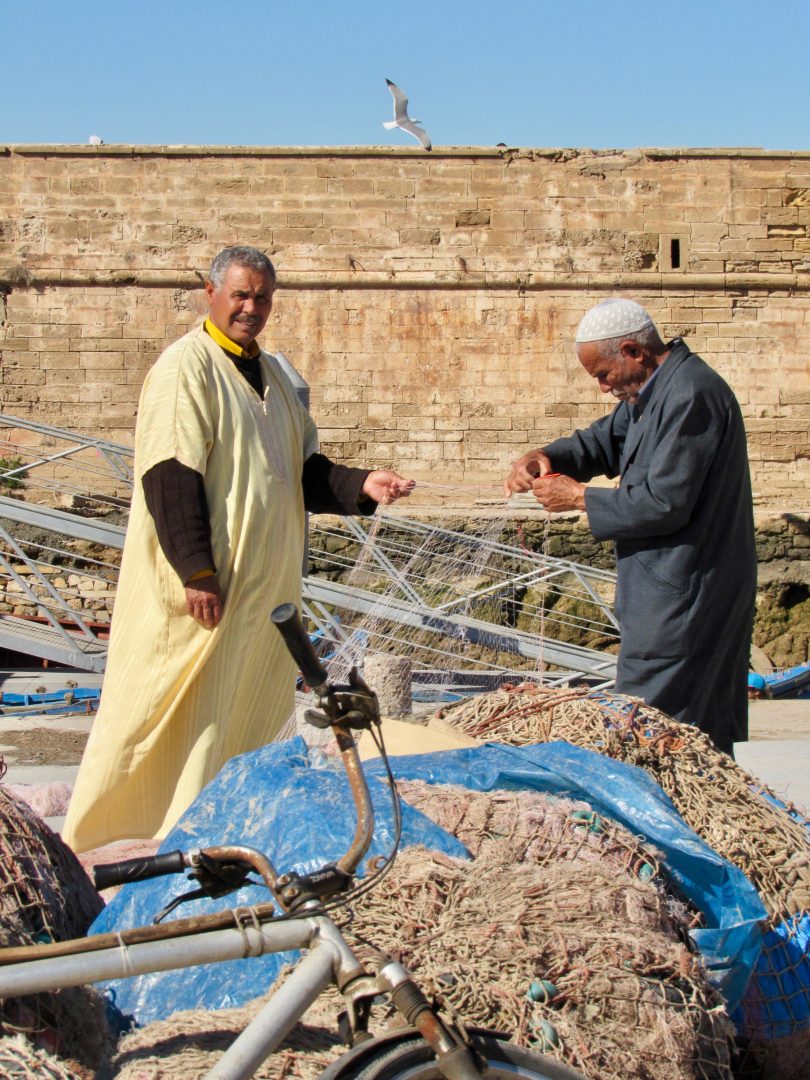
More relaxed shopping
It is customary to bargain in Arab countries since it is like a game for them. It can be exhausting and frustrating if one is not used to it. The salespeople are intense, almost harassing you to sell what they have. The medina of Essaouira does not have that atmosphere like those of Marrakech or Fes and it has better prices.


The sellers and inhabitants of Essaouira are very relaxed people. Nobody is going to harass you to enter their store or try to show you around the medina to then sell you something or pressure you for an exorbitant tip.


You can find all the traditional things of the other medinas, such as ceramics, wallets, species, shirts, carpets and even potions that they call “viagra Berber”. I fell in love with a ceramic sink that I wrapped to take it back to Panama in my hand luggage (I do not know how I got it to fit).

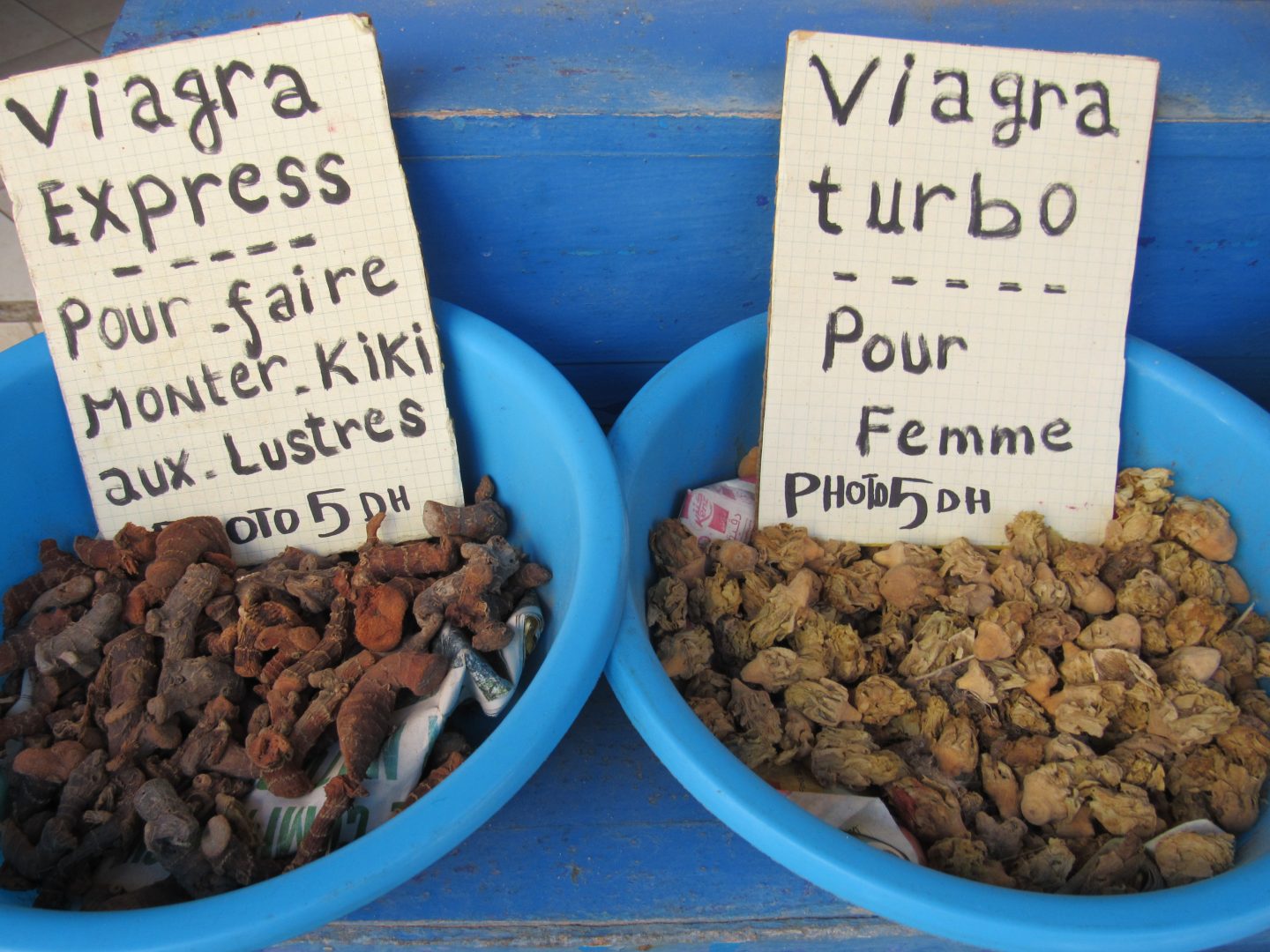
What differentiates this medina from the others is art. There are many art galleries that serve to showcase works by local artists. In addition, there is a women’s cooperative that makes and sells organic argan oil, textiles and bohemian clothing.
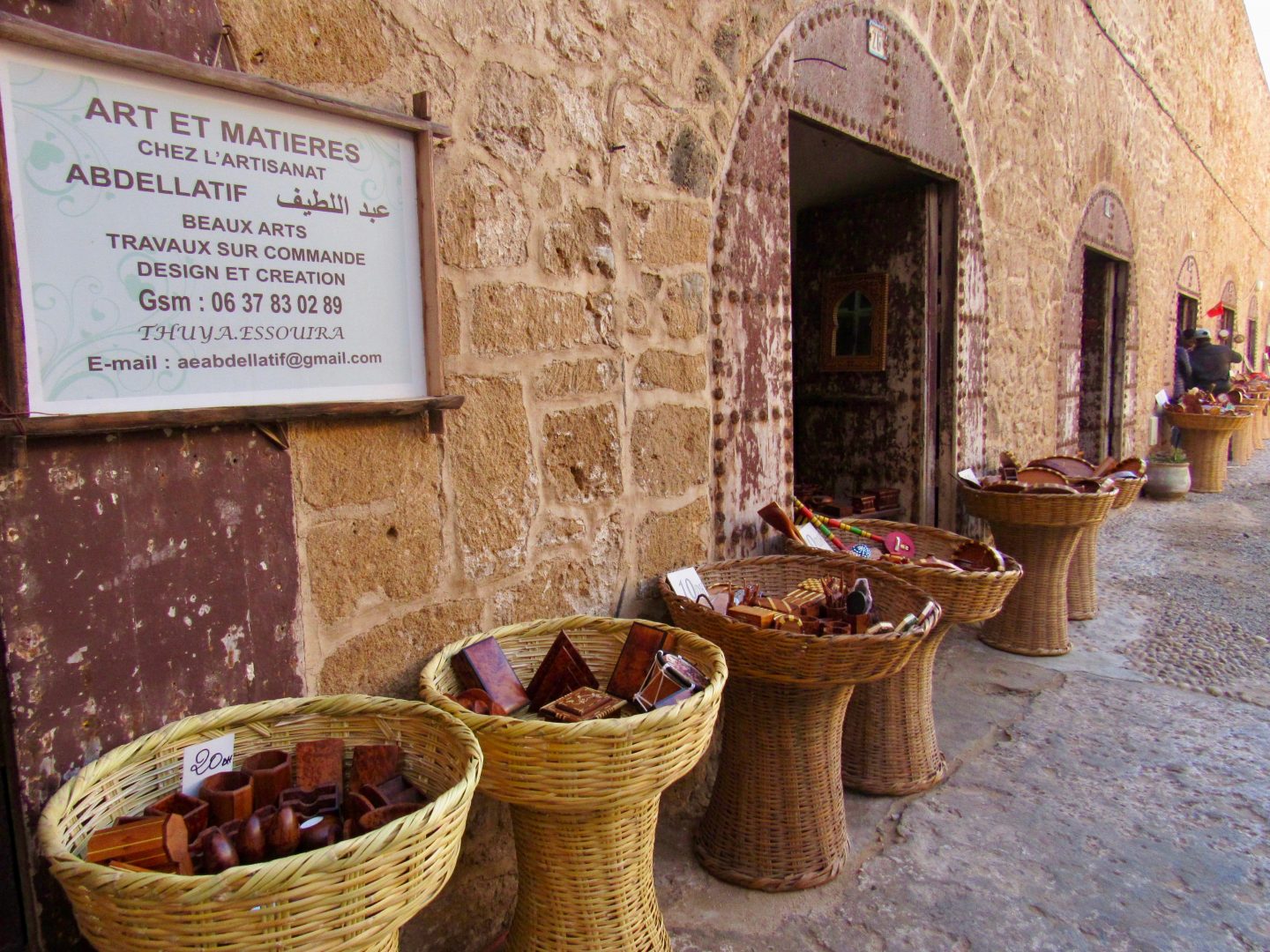
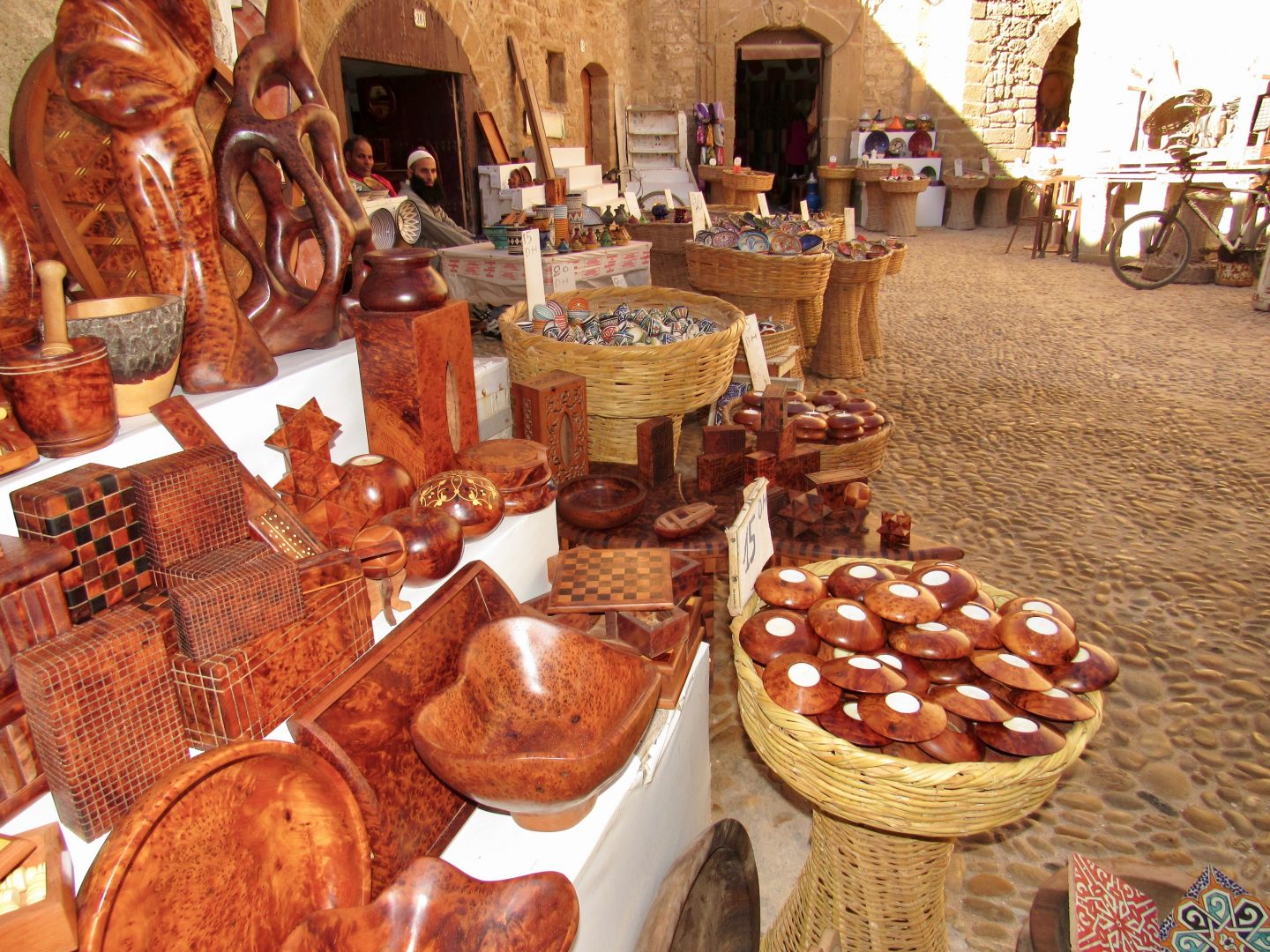
Famous visitors
At the beginning of the 1950s, actor and director Orson Welles stayed in Essaouira to film his film Othello, which was released in 1952. It is said that while he was in the city he met Winston Churchill who was also staying at Hotel des Iles.
The small labyrinthine streets of the medina served as the setting for several scenes in the film. Outside the Turkish baths (in the Jewish mellah), used in the film, you can find a plaque.
In the sixties, Essaouira became a place for hippies. It was visited by Jimi Hendrix in 1969. An urban legend tells that he made the song “Castles Made of Sand” in this place but it is not true because he visited the port city two years after he released the song.
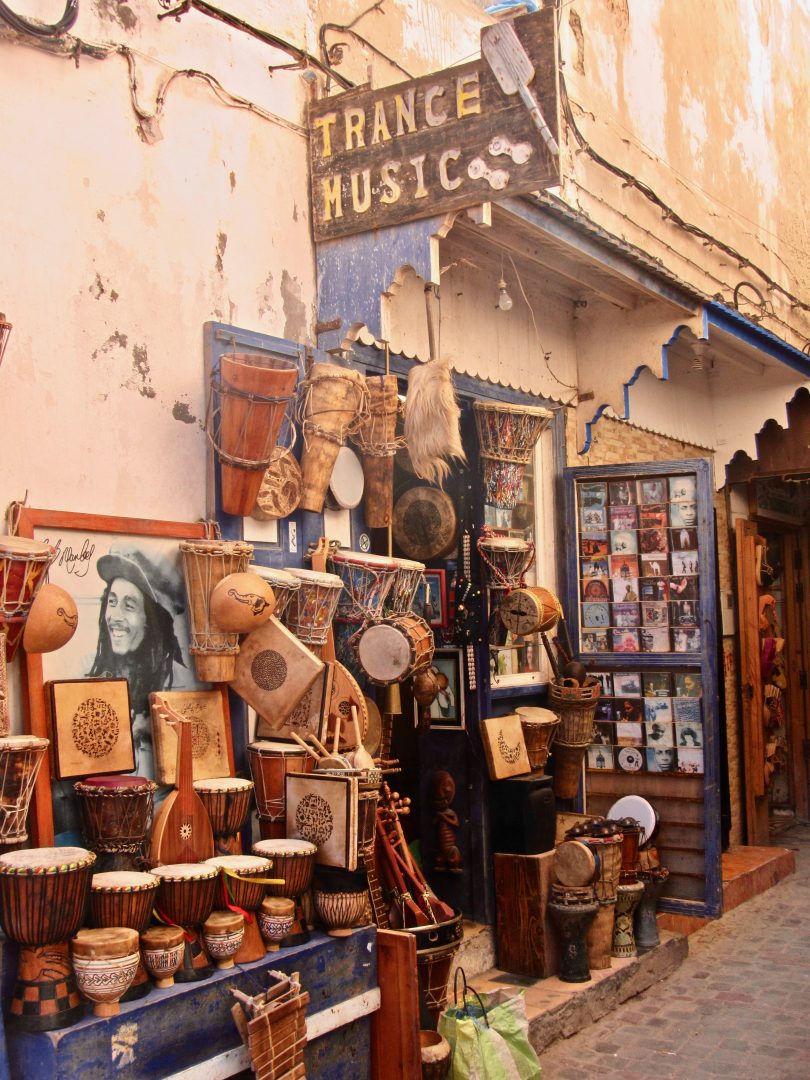
Essaouira is still a musical destination and since 1998, it has an annual festival called ‘Gnaoua’ (festival-gnaoua.net) that attracts some 450,000 spectators in four days. Due to its popularity it is known as the “Woodstock of Morocco”.
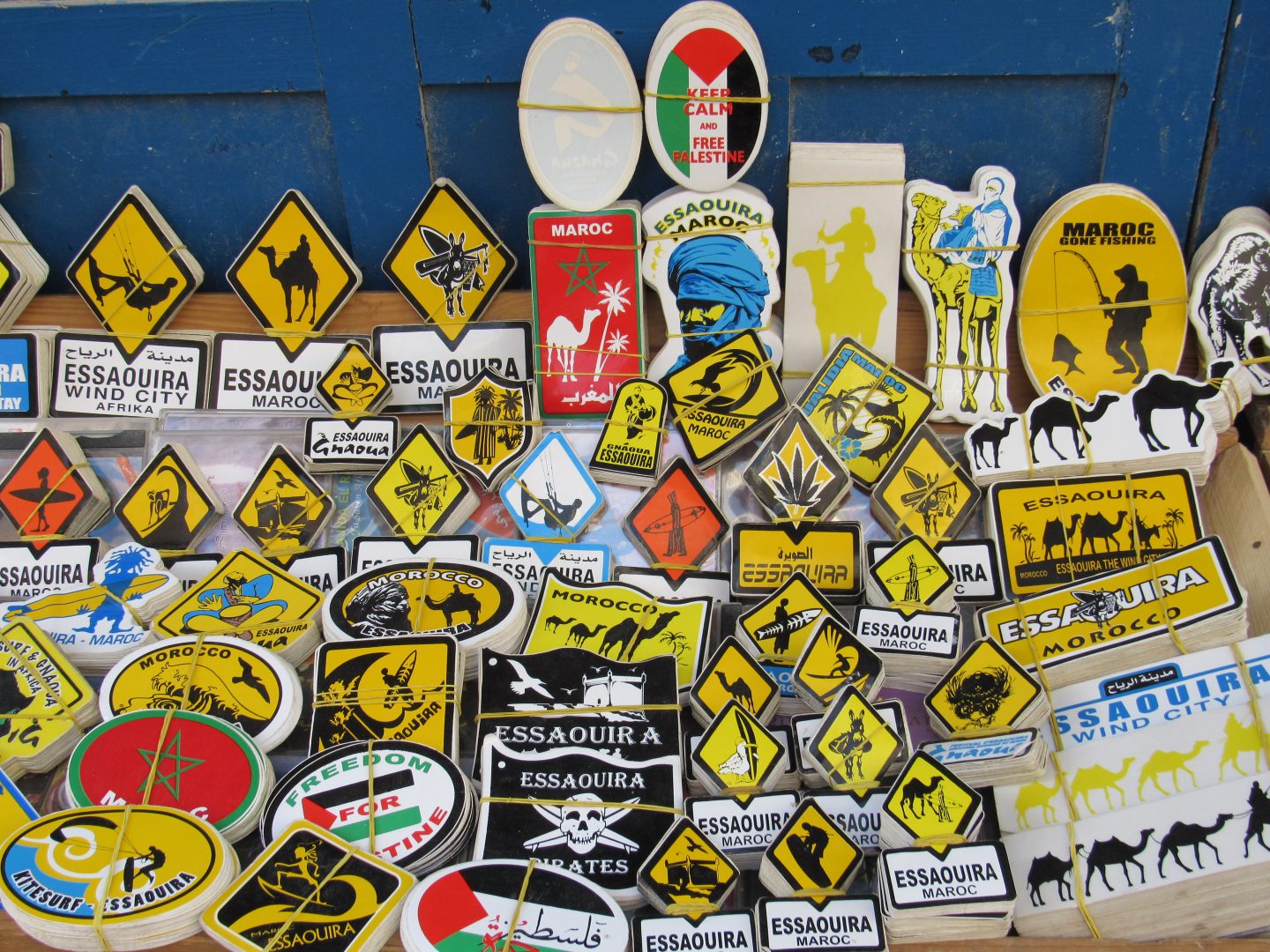
A destination for kitesurfing
Essaouira has strong coastal breezes called alizee, or taros in Berber. As a consequence, the city is known as the ‘Windy City of Africa’. Most of the year the breezes are so strong that it is impossible to relax on the beaches. However, the positive thing about this is that it does not get as hot in the summer as in other parts of Morocco.
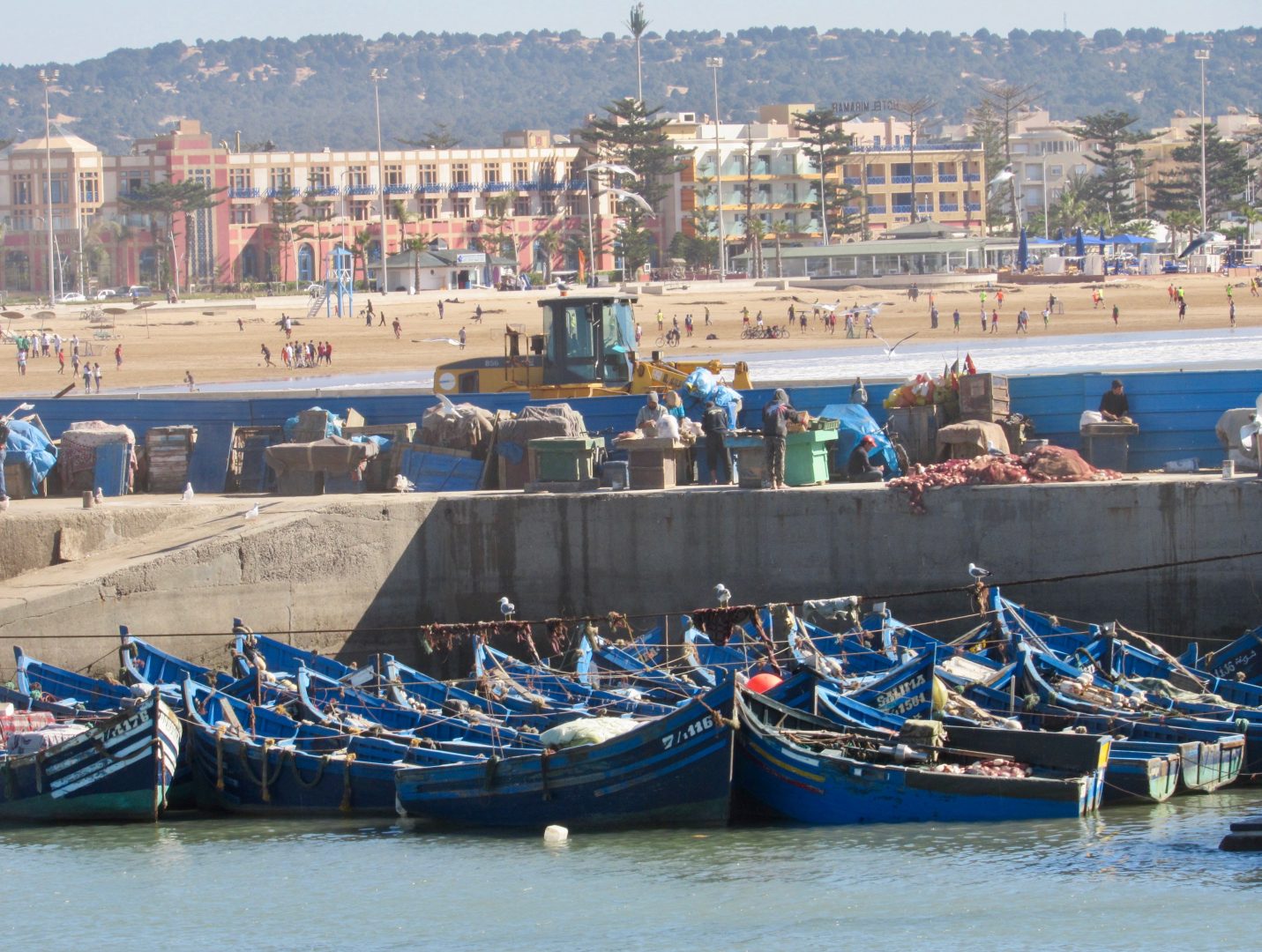
From April to November, kitesurfers arrive. It is not necessary to take your equipment, since there are many stores that rent it. If you want to learn, those same stores give classes.
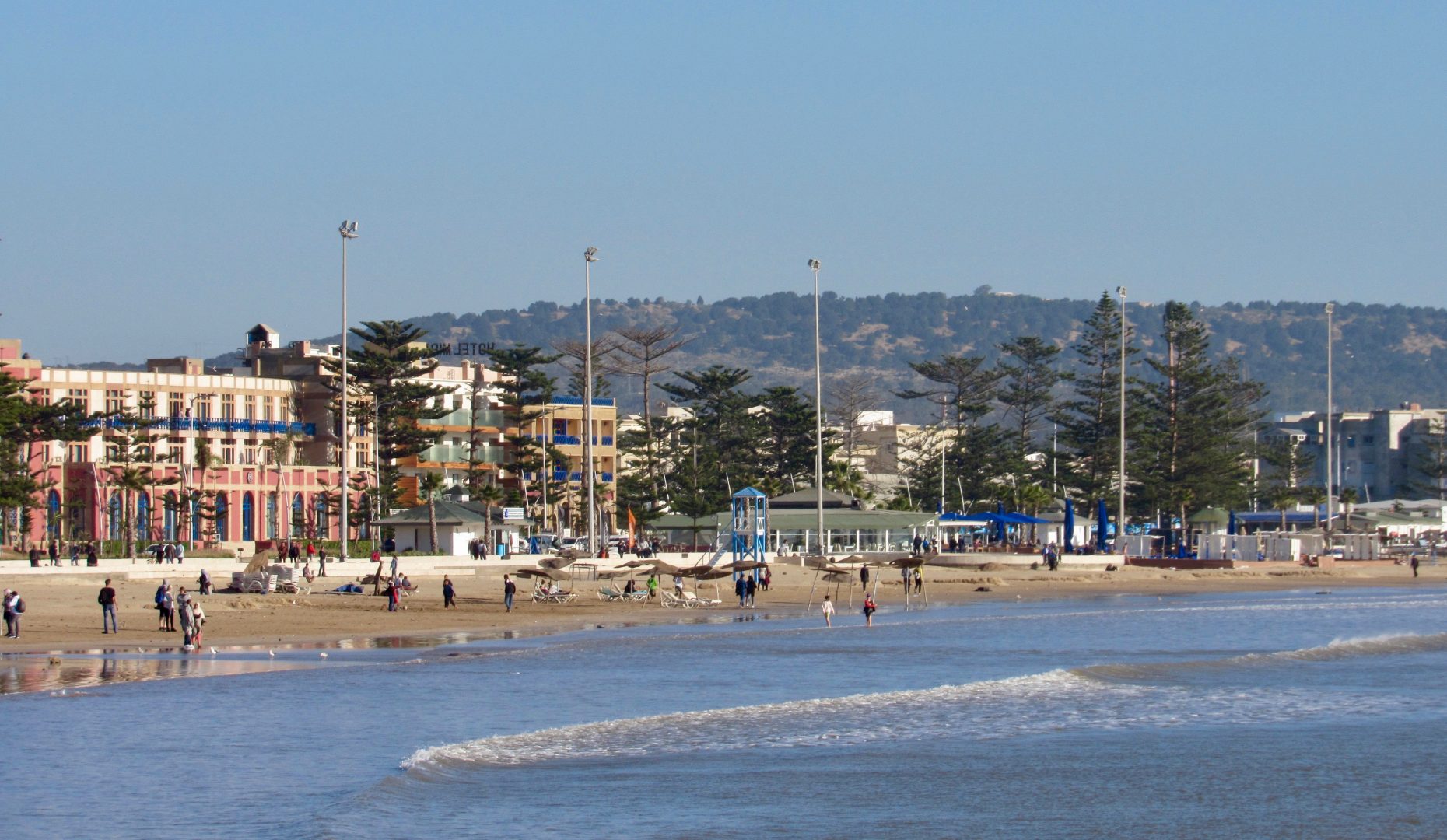
Essaouira was the setting for Game of Thrones
The fans of the Game of Thrones series will recognize the images of Essaouira. In season 3, chapter 4 you can remember Khaleesi sailing to this place, the city of Astapor, to free the oppressed. This is where she gets her army from the Unsullied, a disciplined horde of eunuch slaves that were for sale. Some scenes set in King’s Landing were also filmed here.
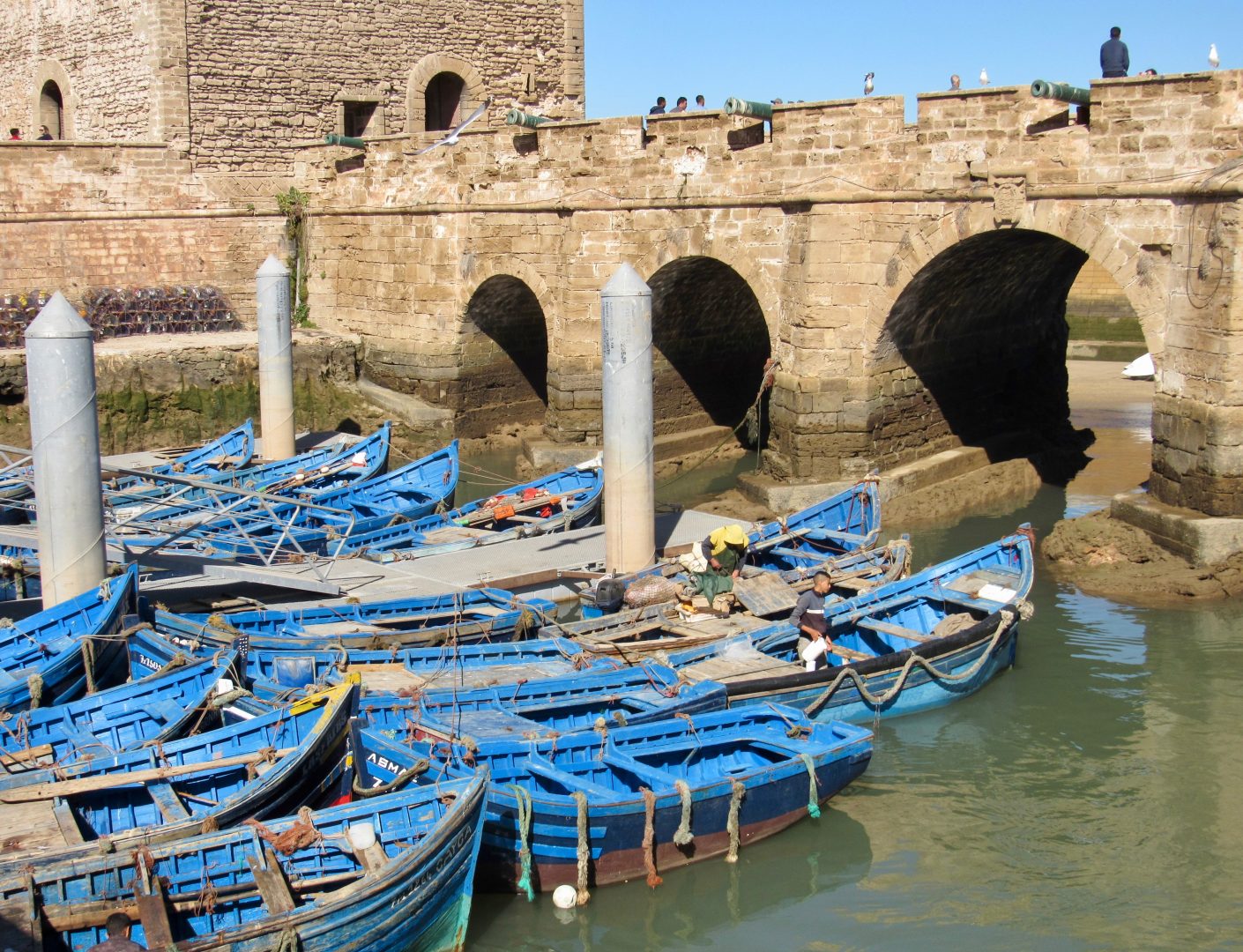
These ramps that you see in the series date back to the 18th century and are fortified with a row of cannons made by the Dutch. In the morning the area is very quiet, but it tends to fill towards sunset.

I really liked Essaouira and I would recommend spending a night in a hotel (you can reserve in Booking) to be able to taste more of their delicious food and enjoy the nightlife.
More photos of Essaouira:

